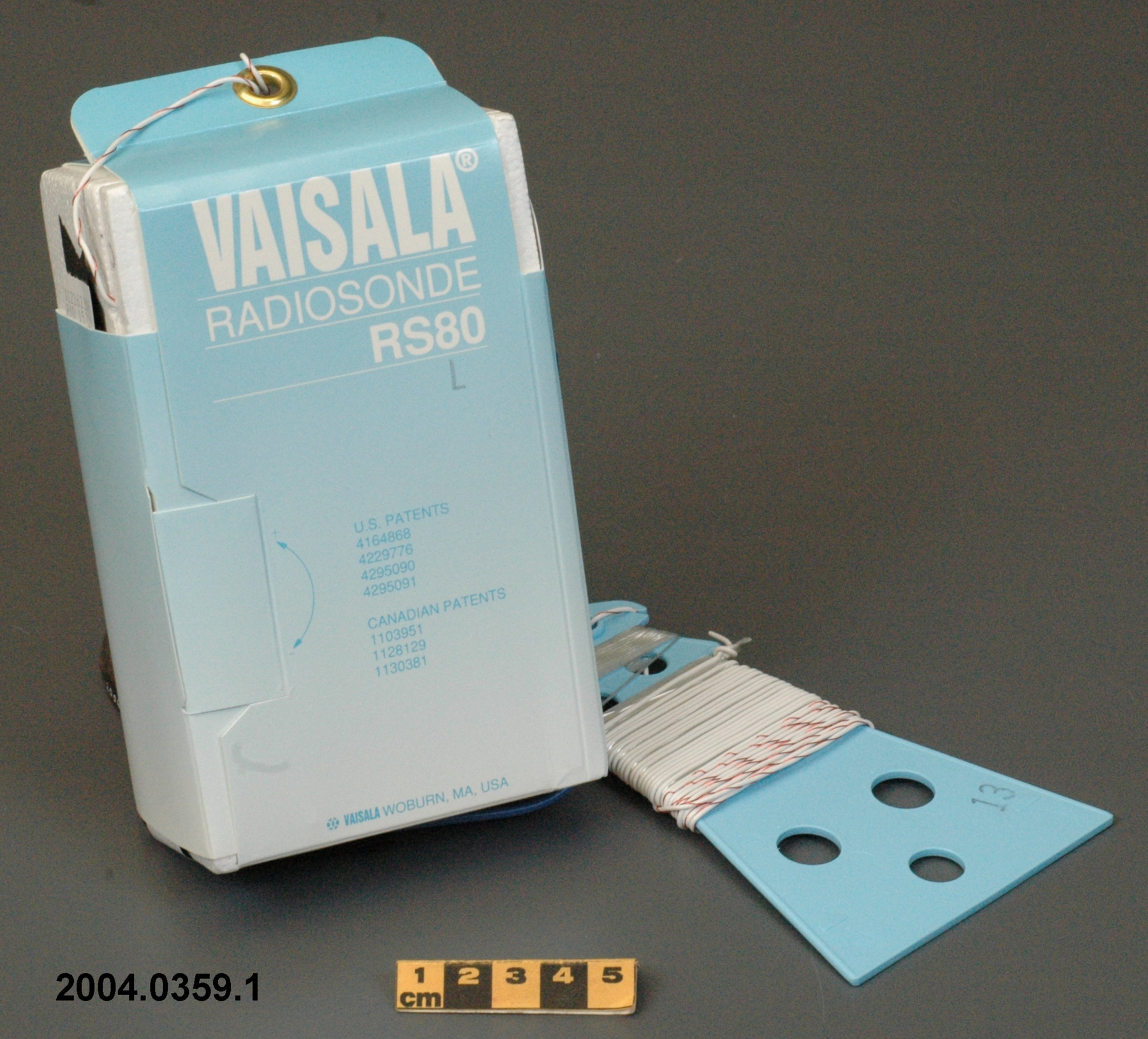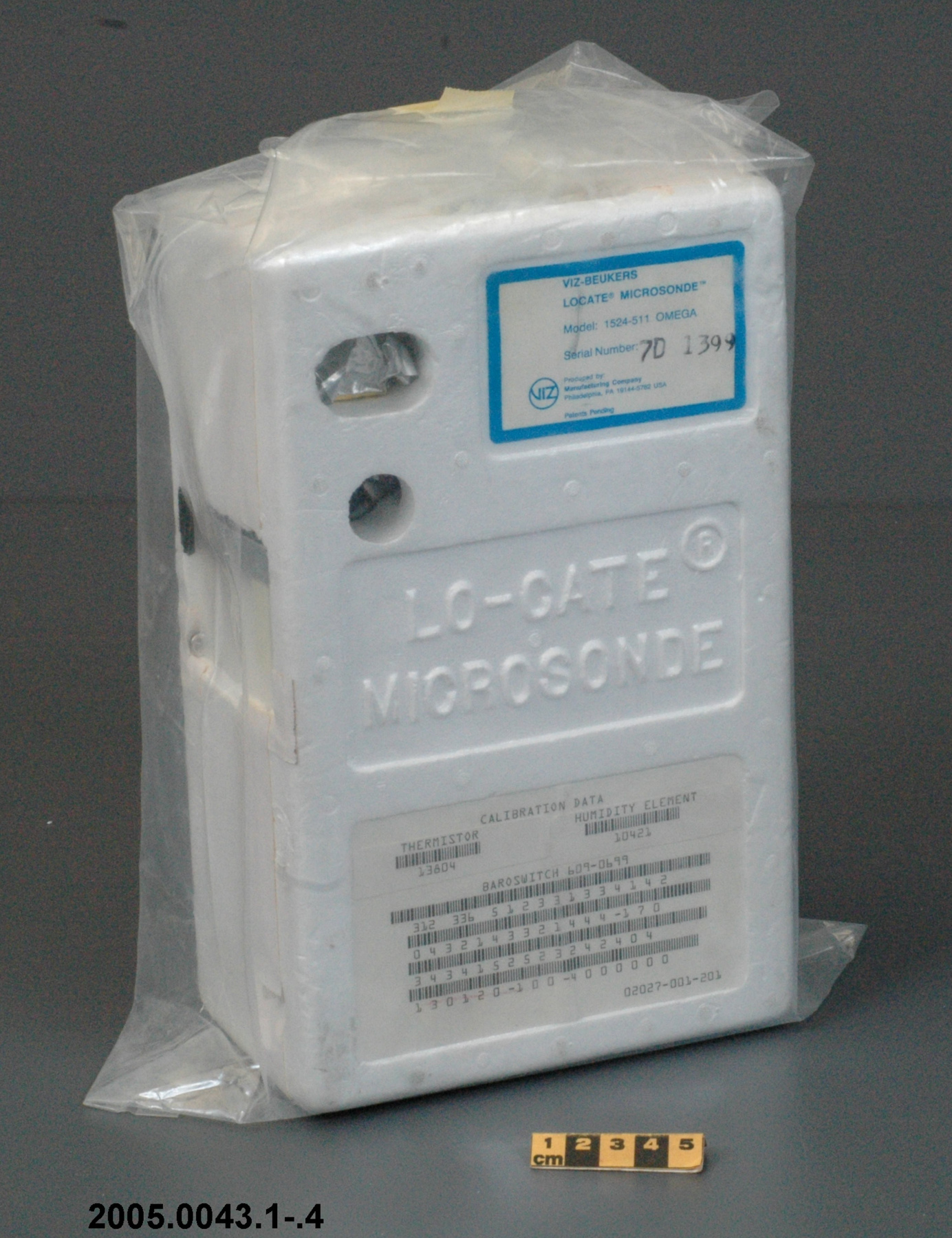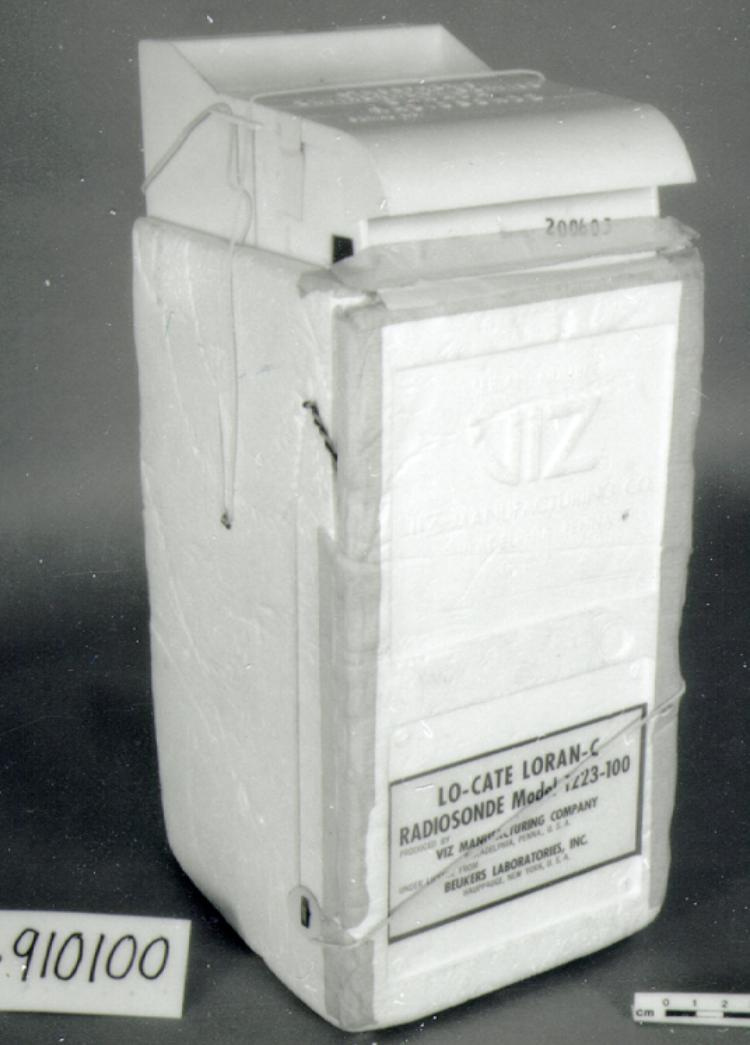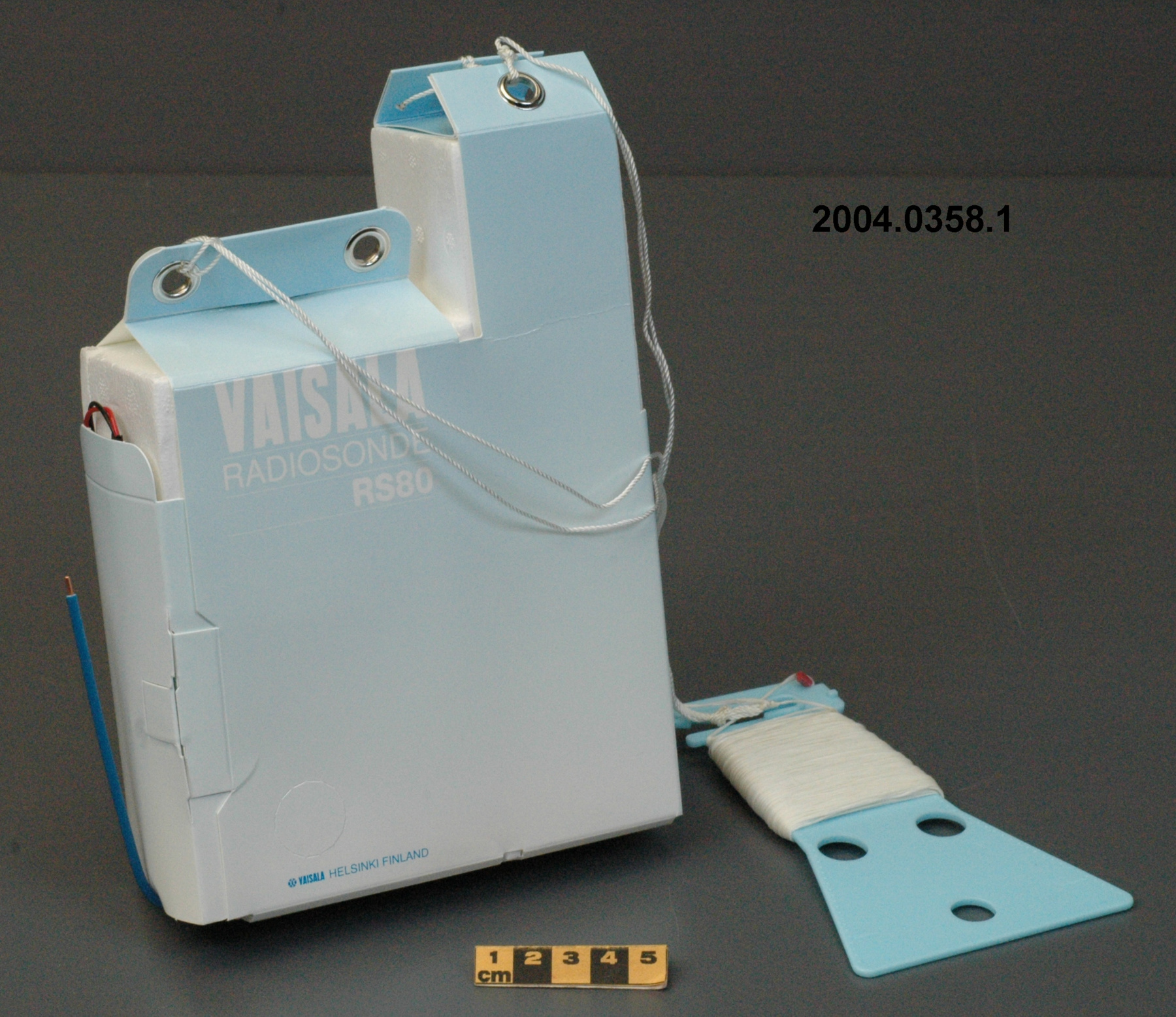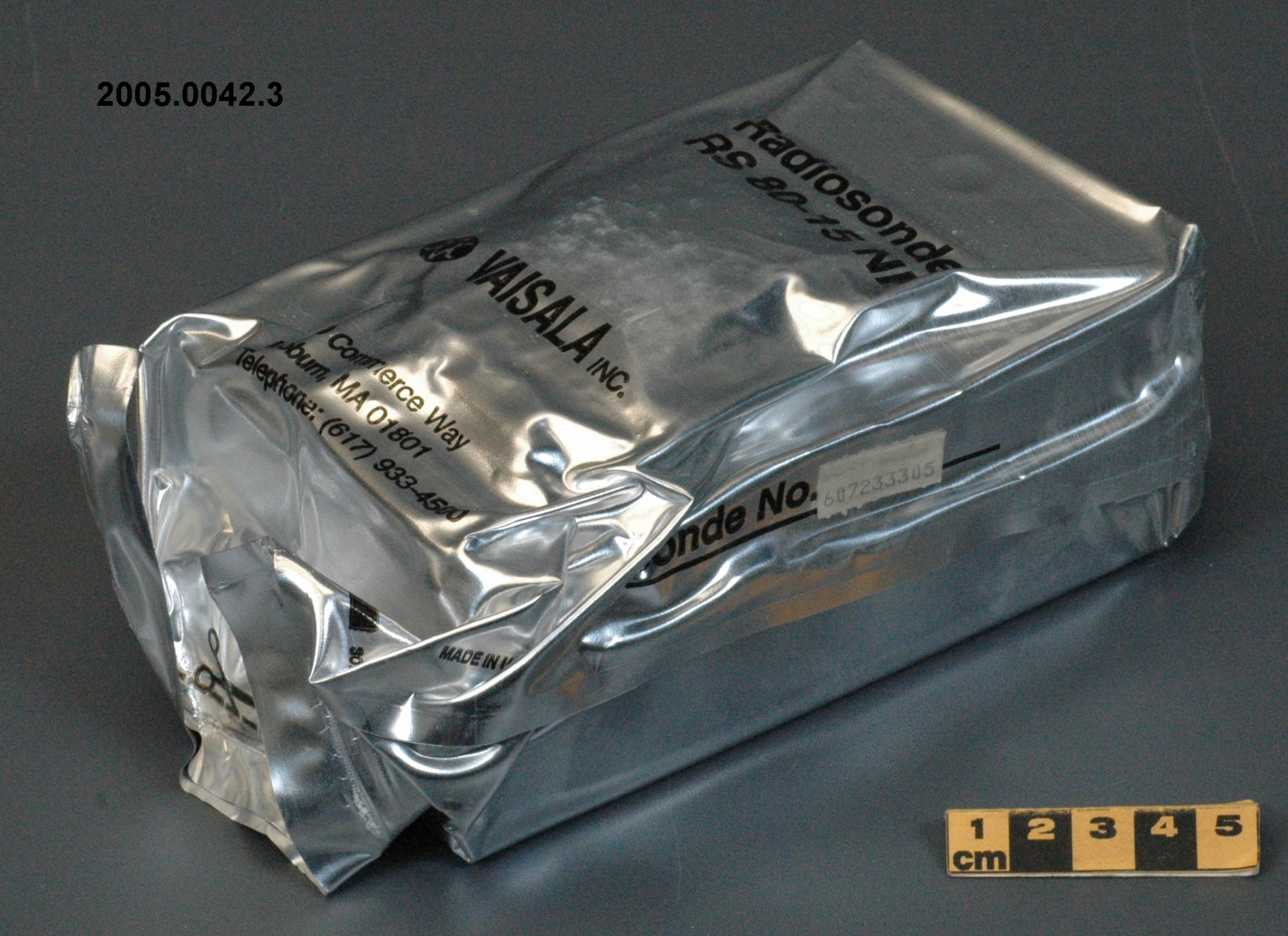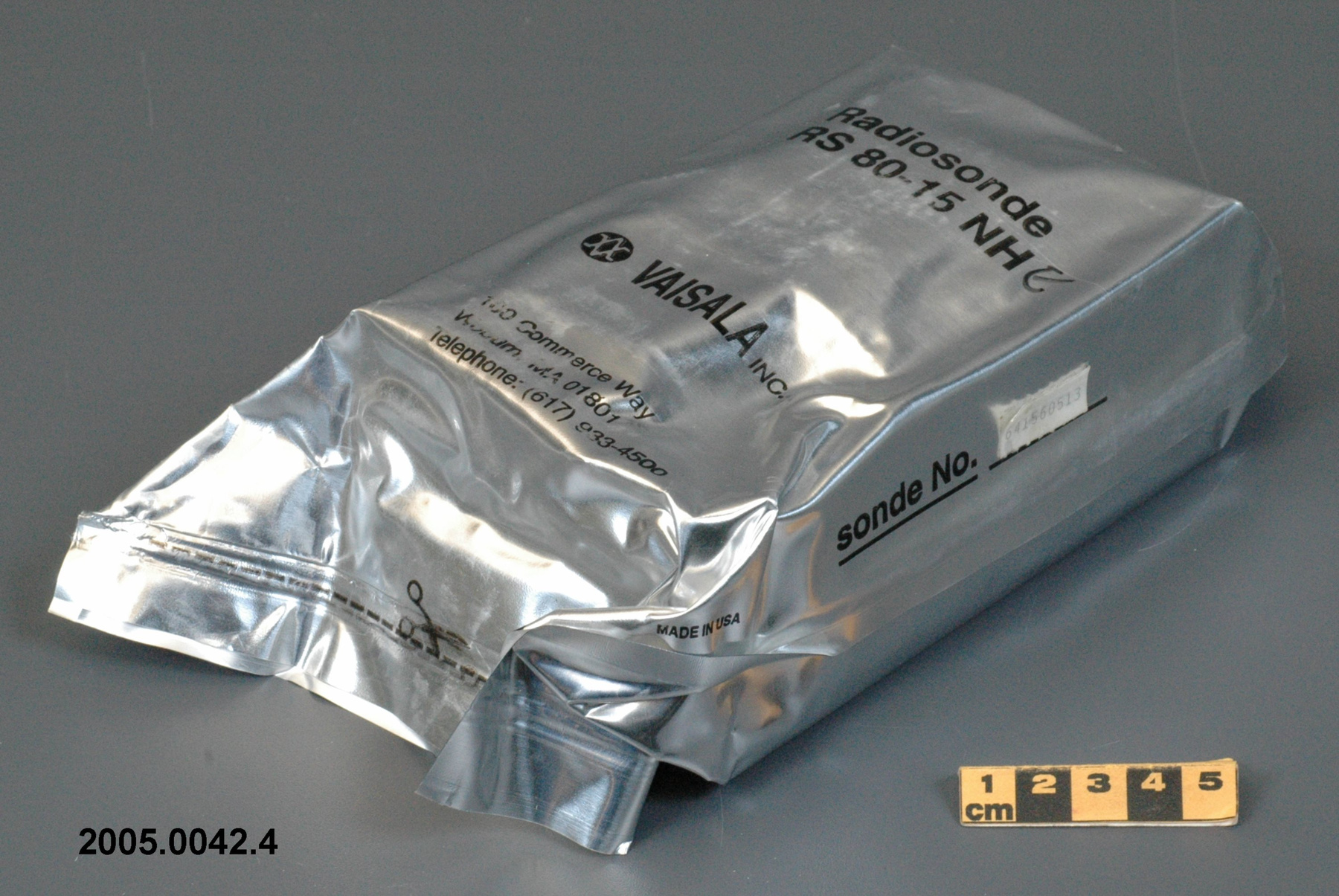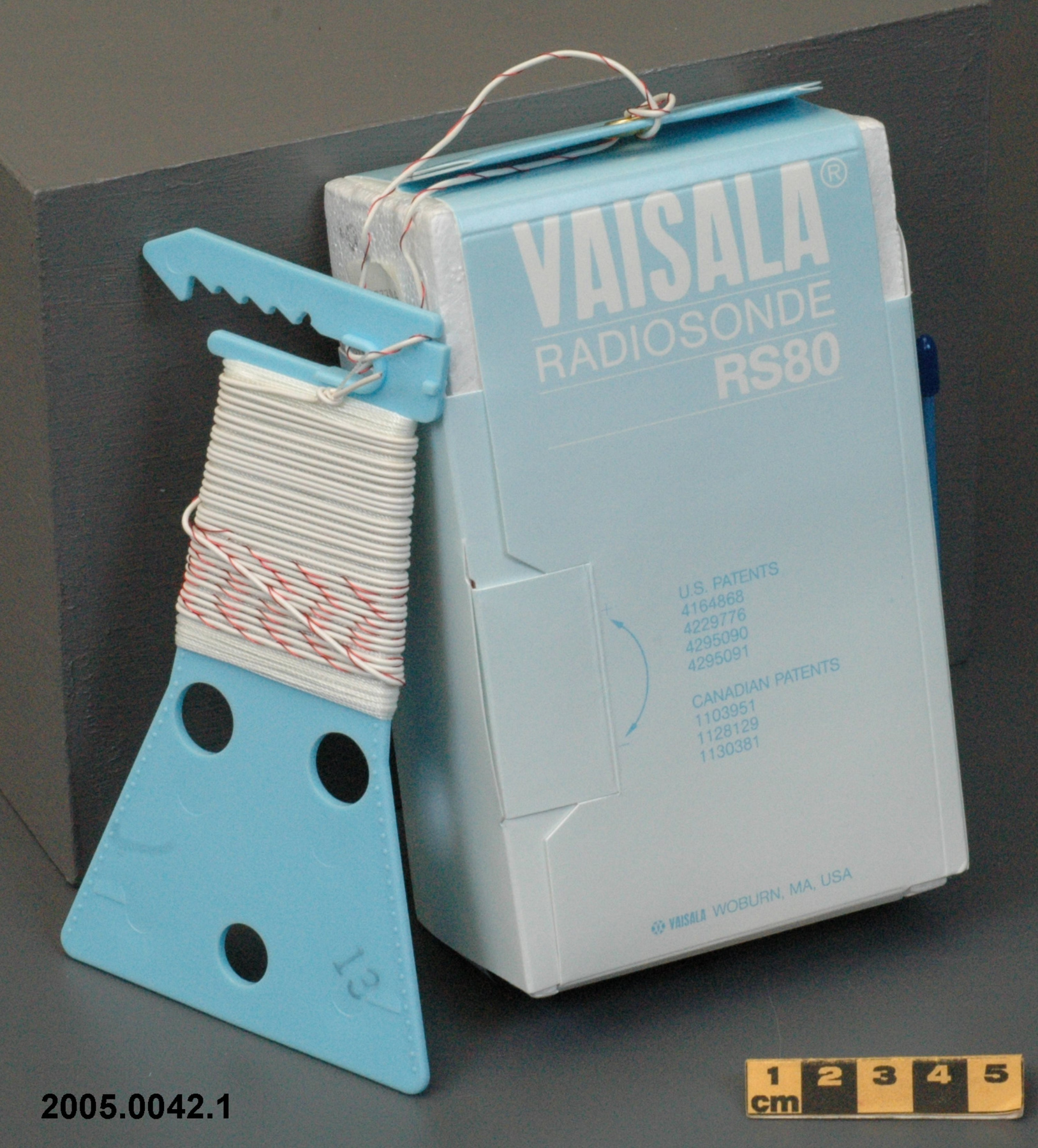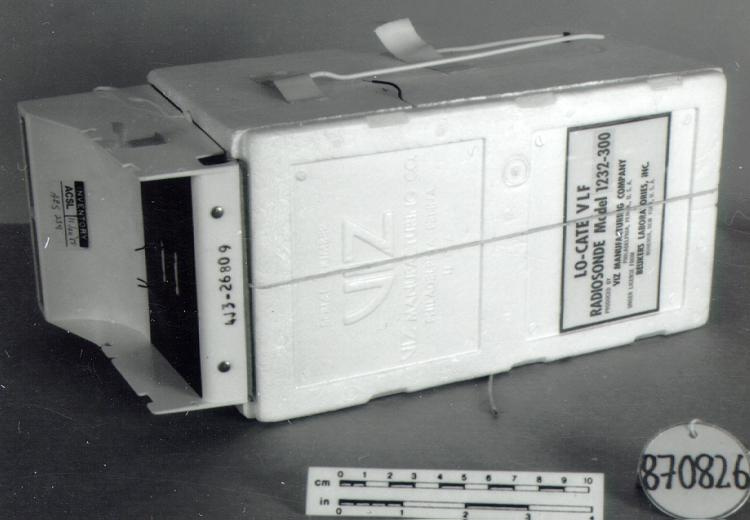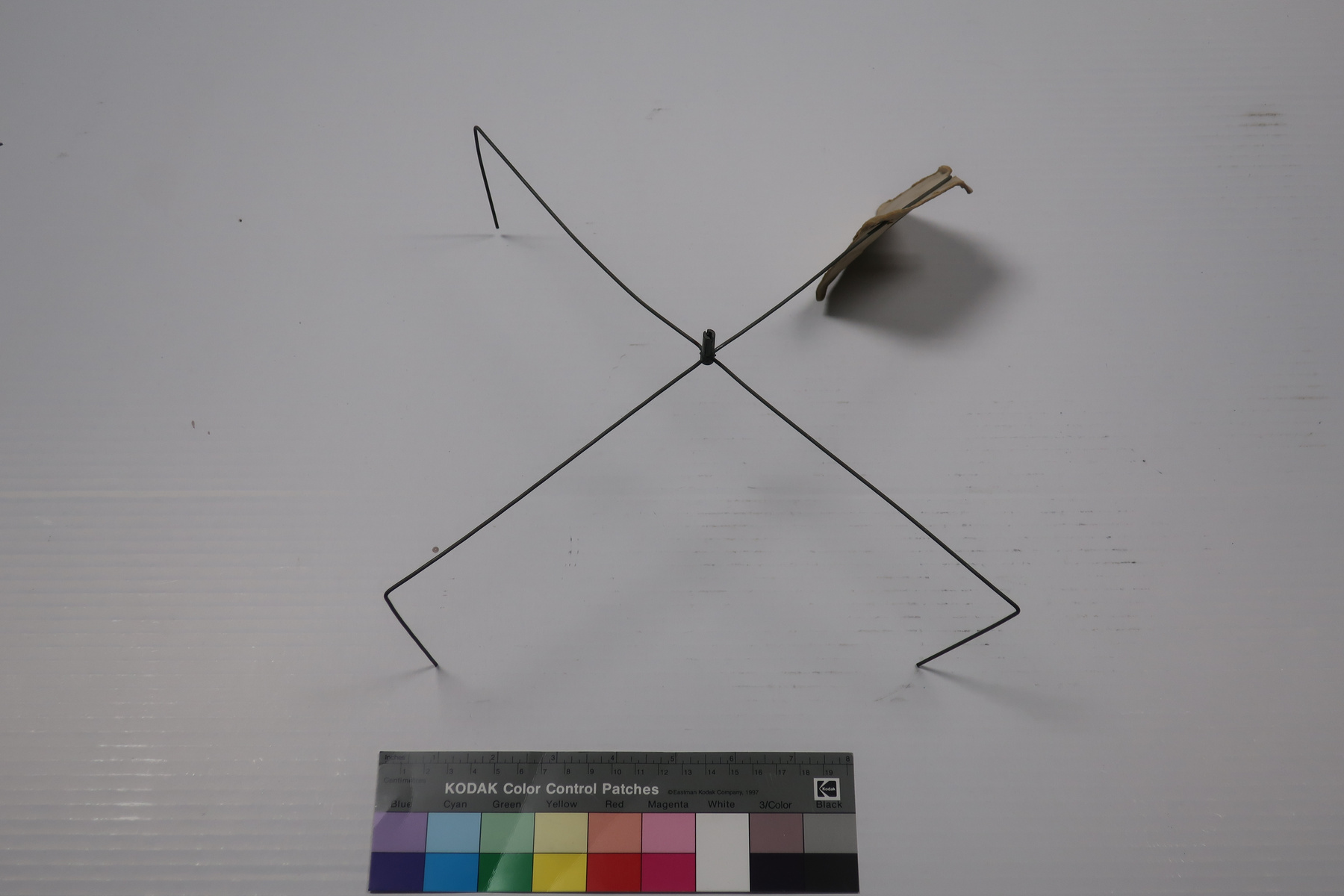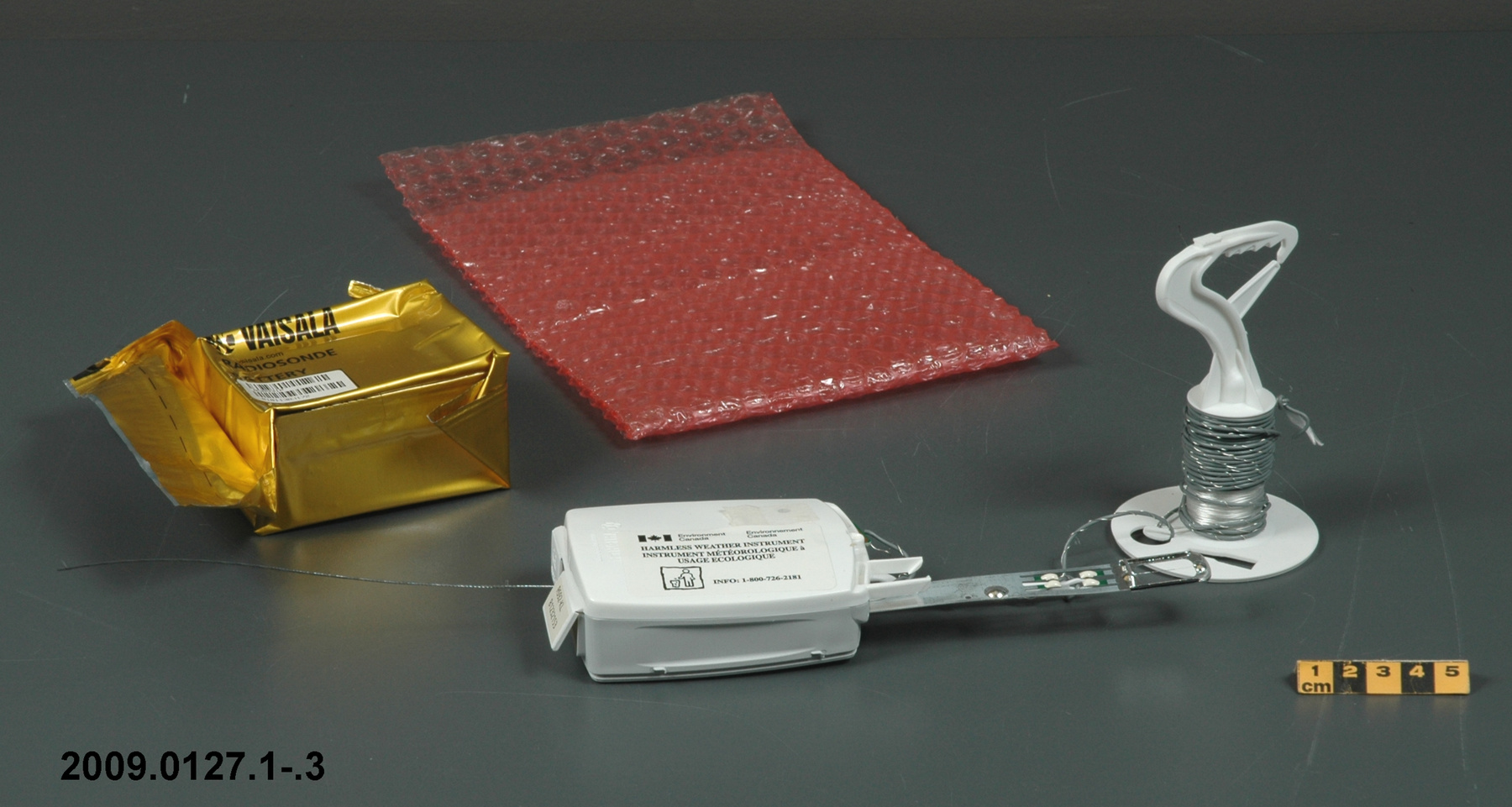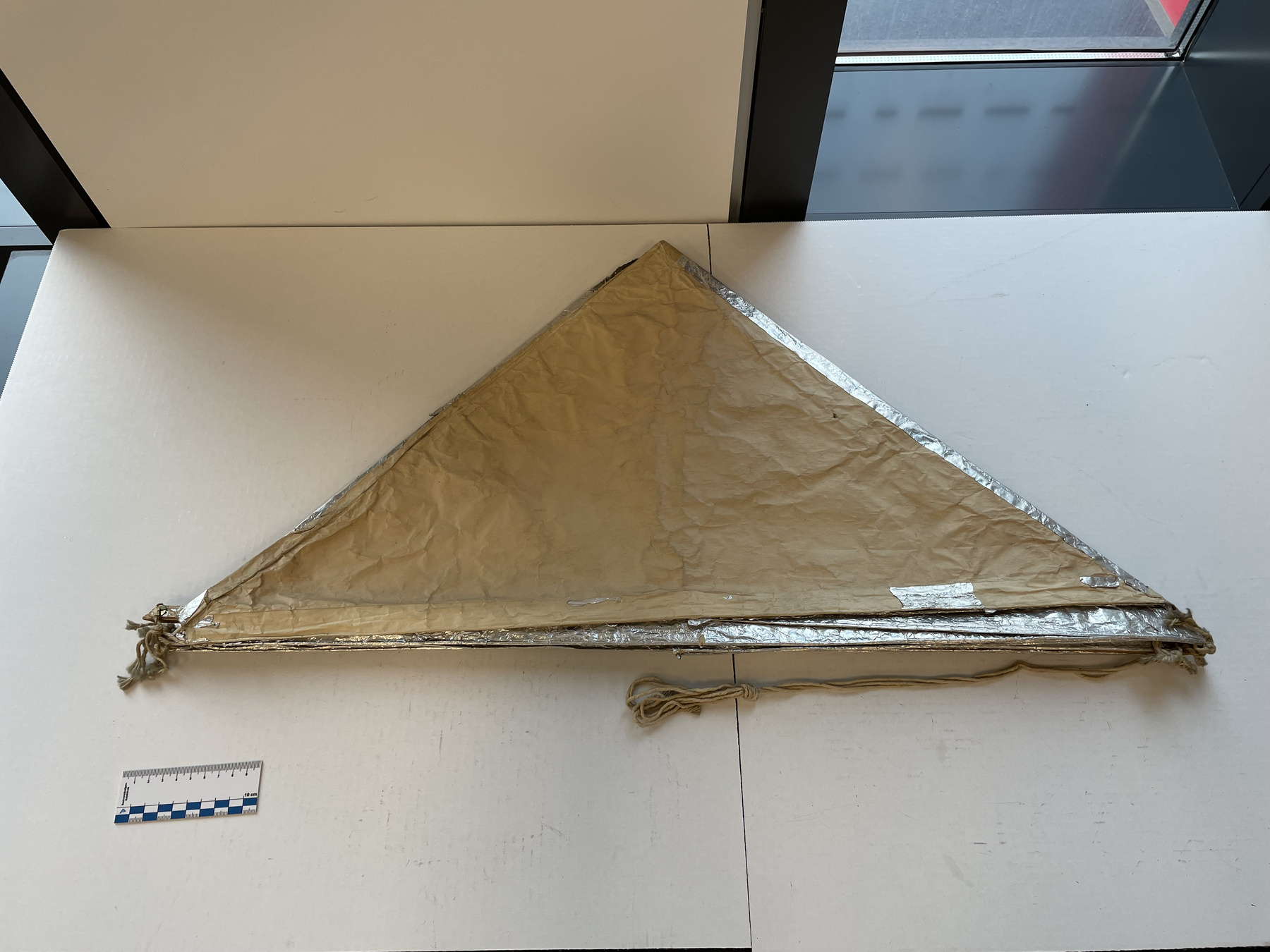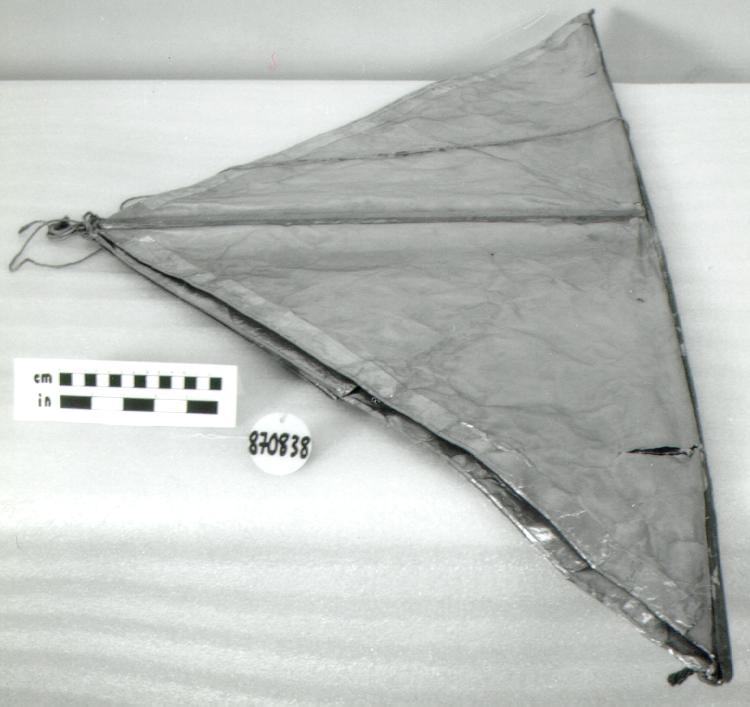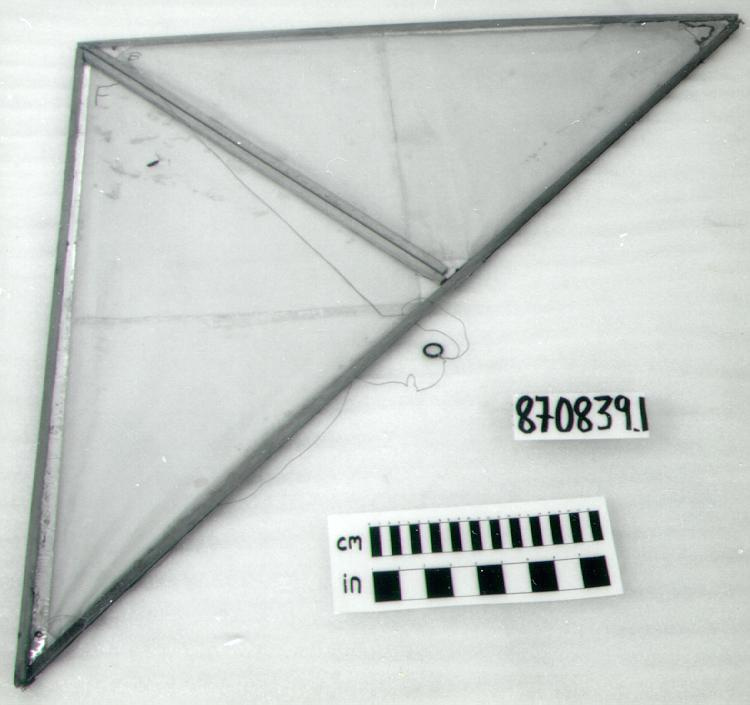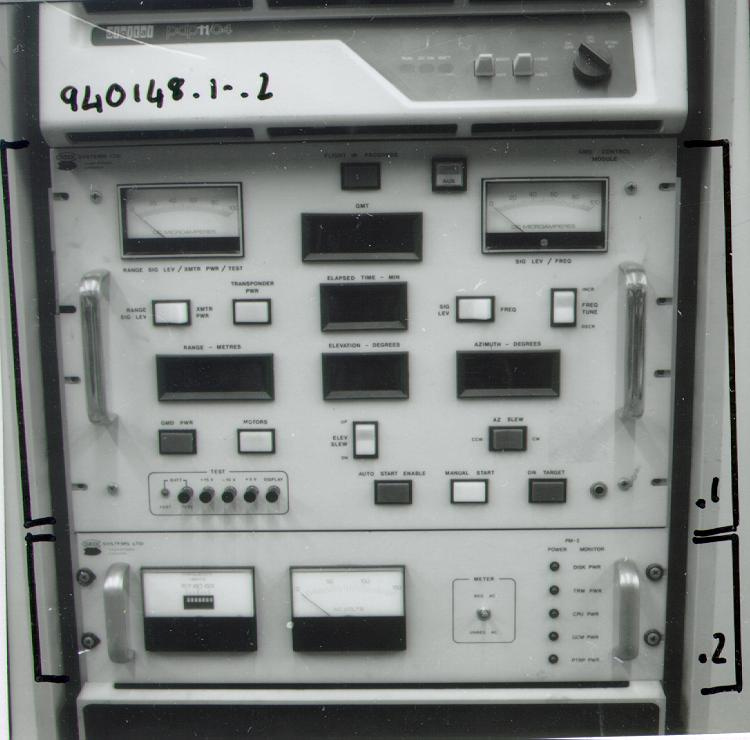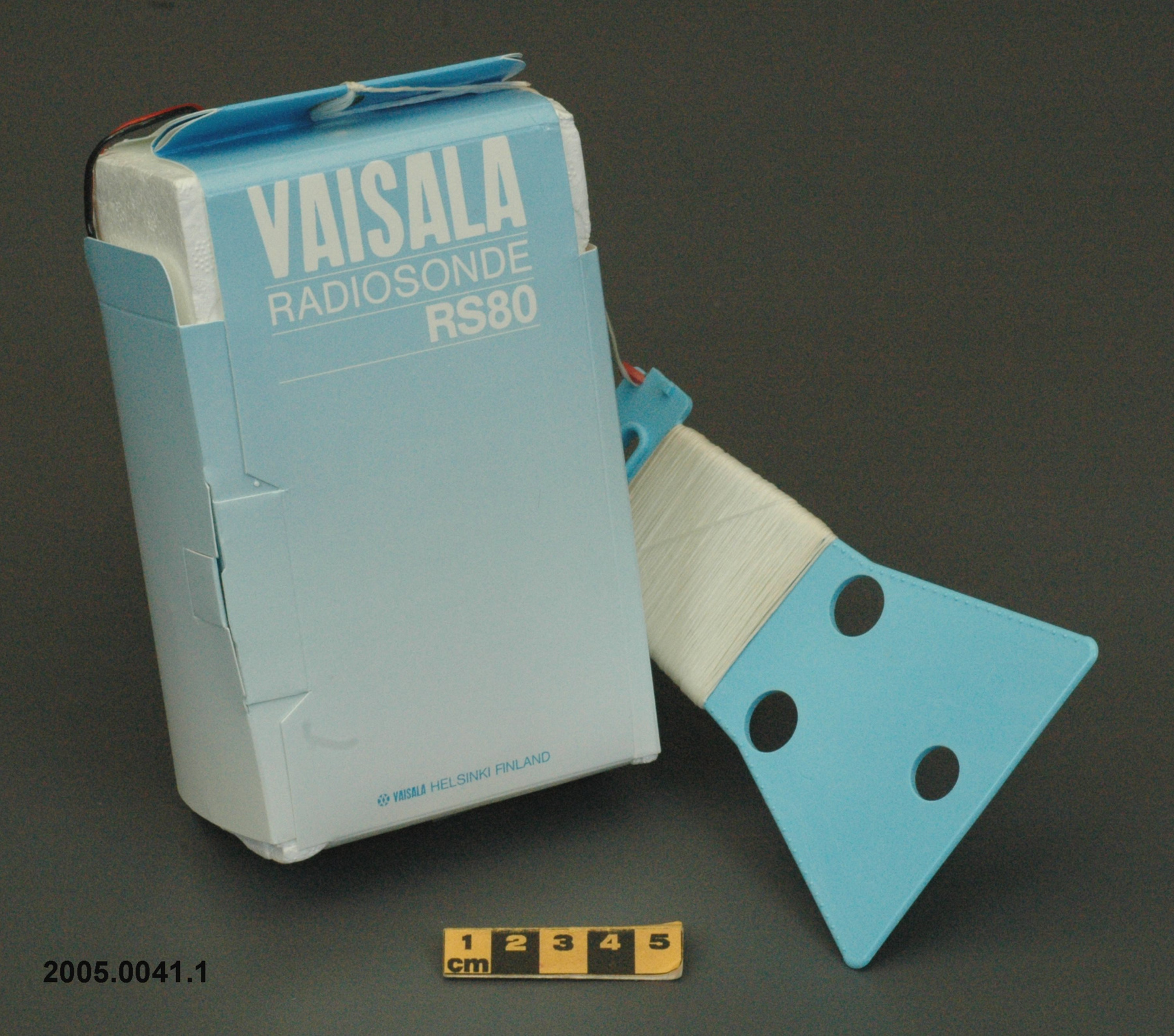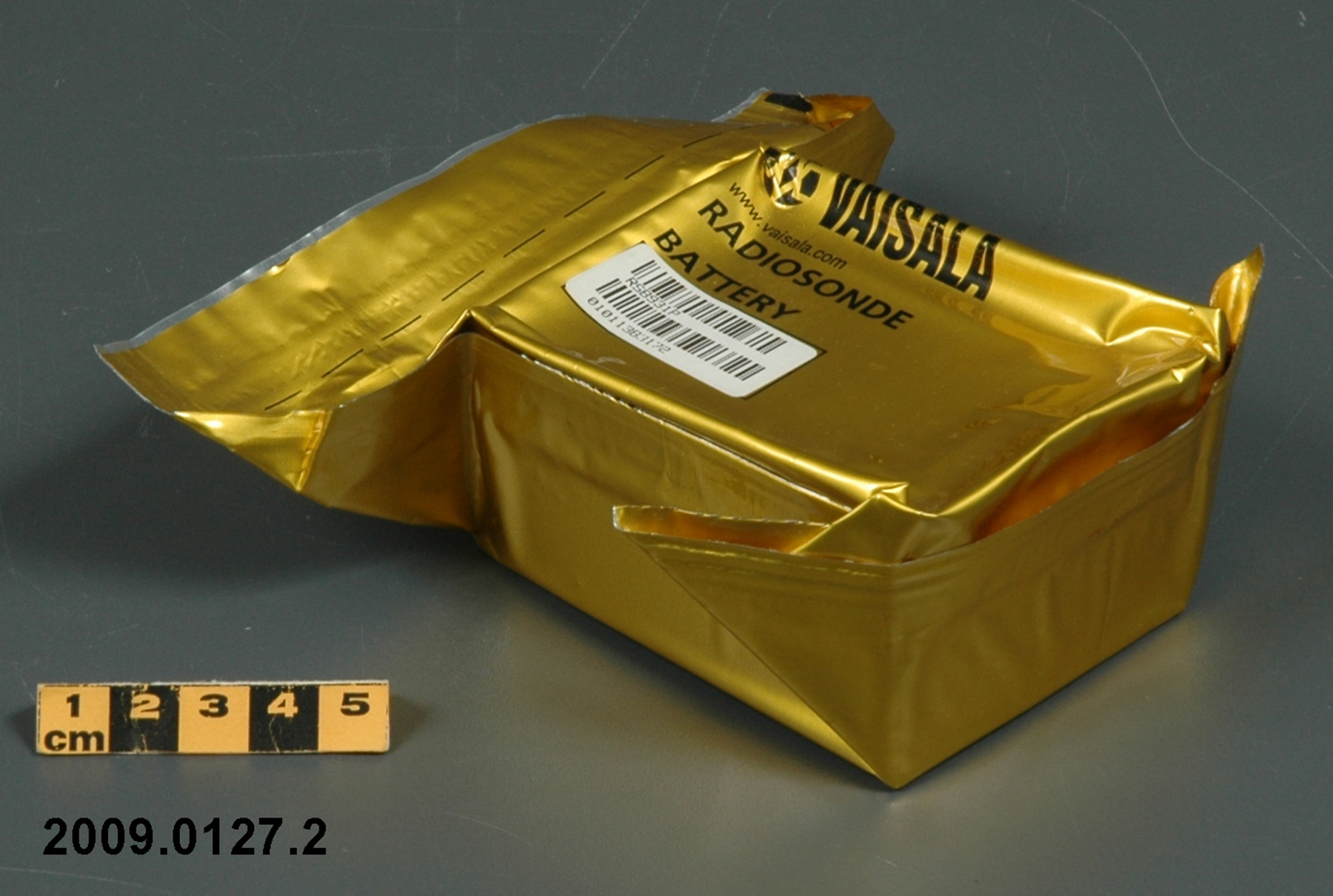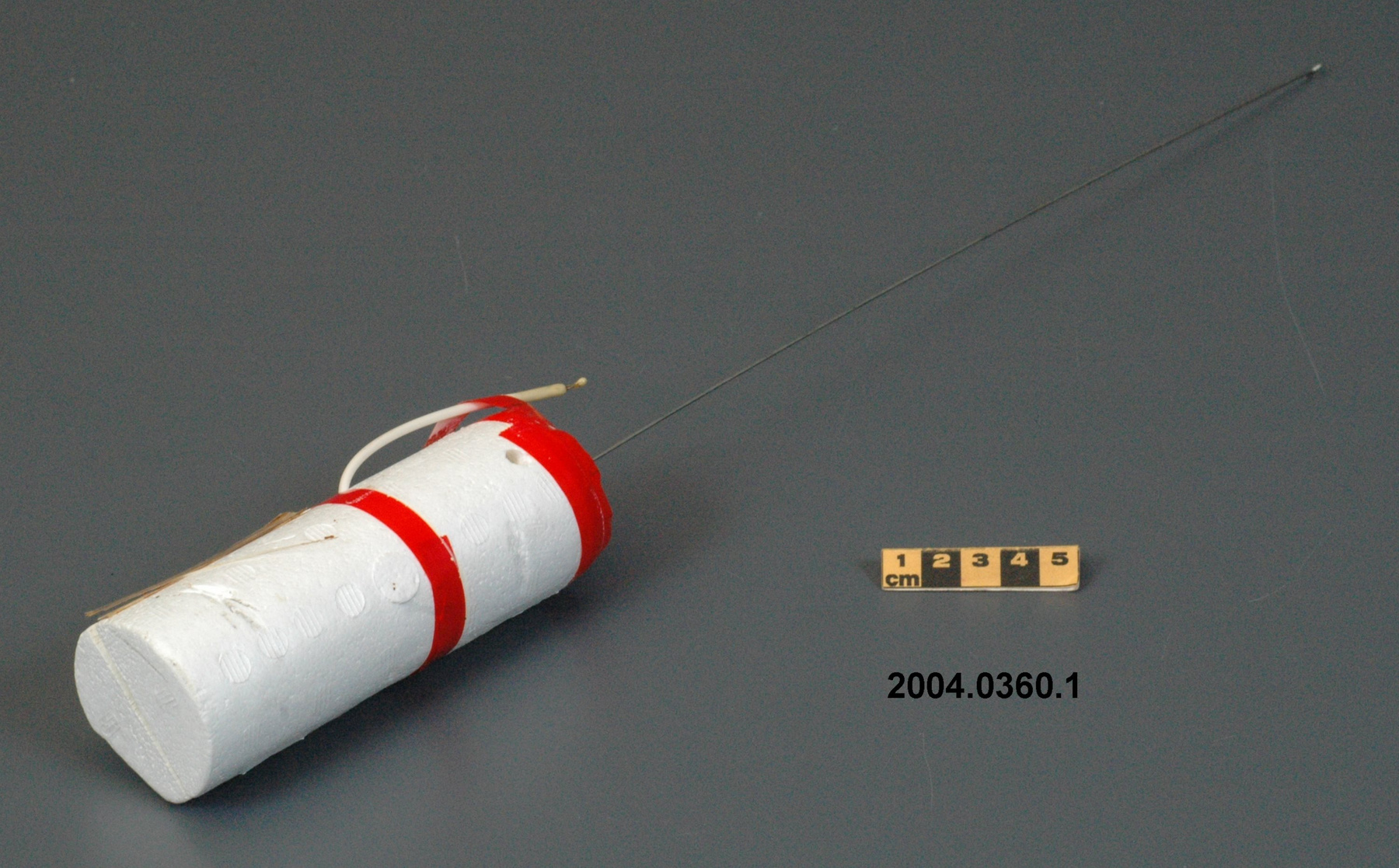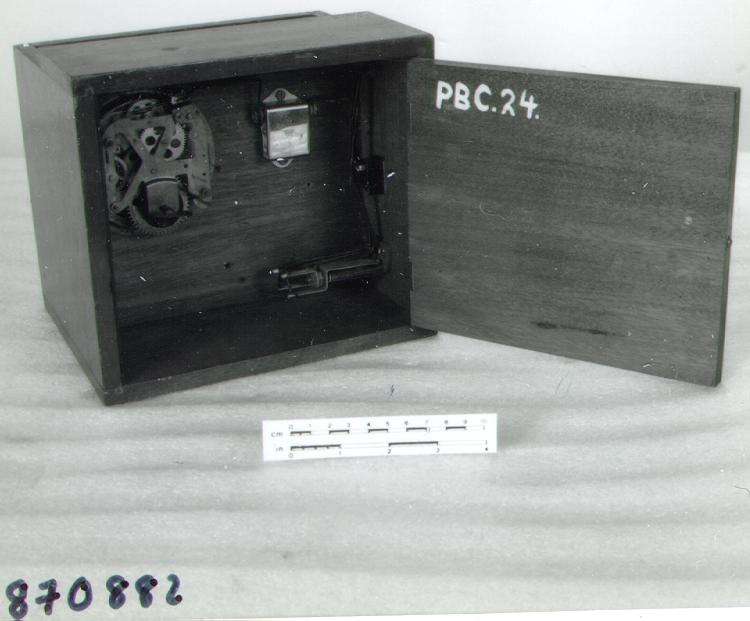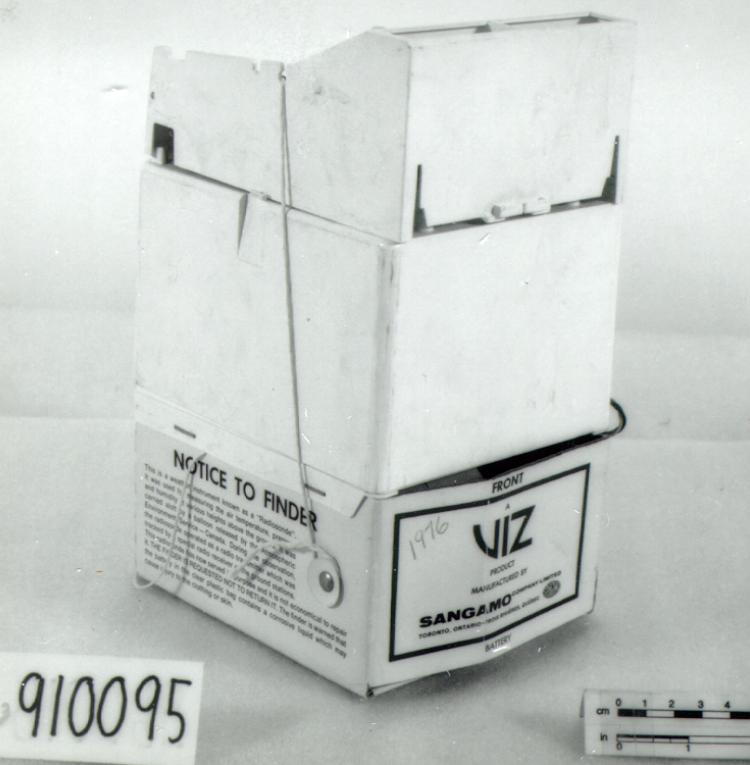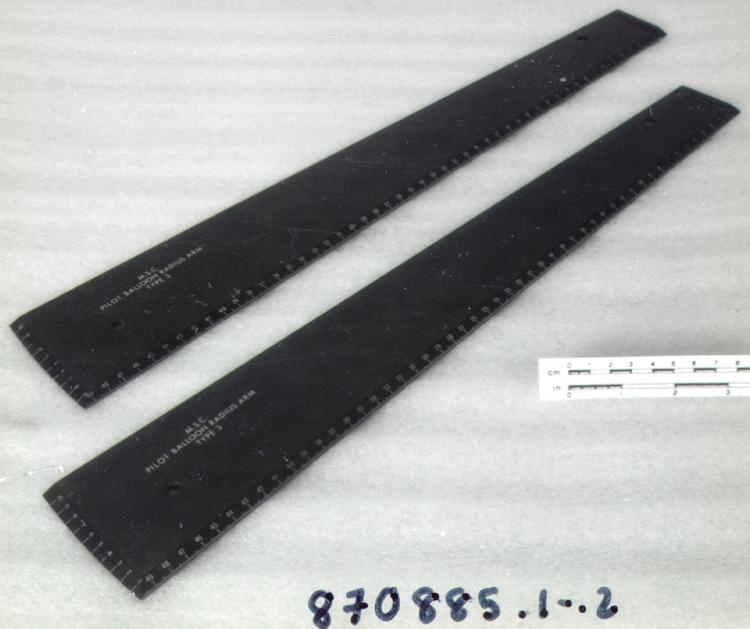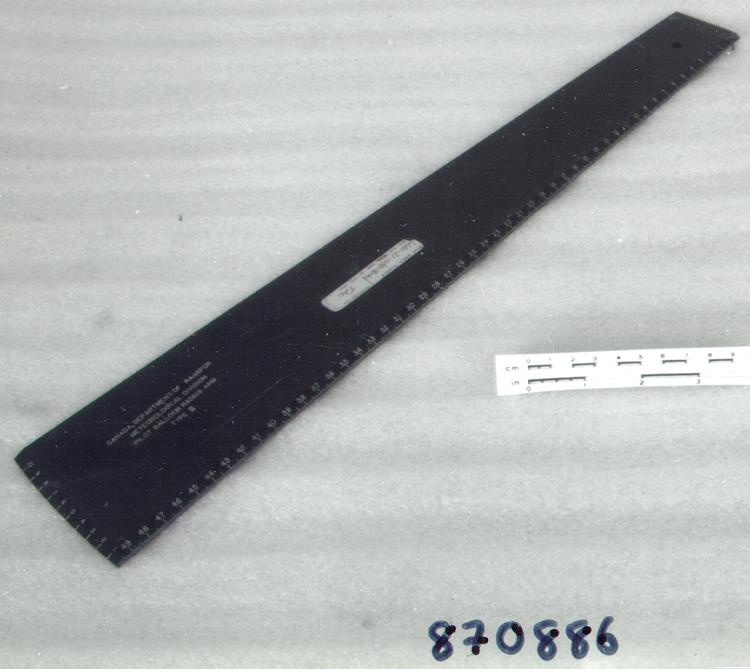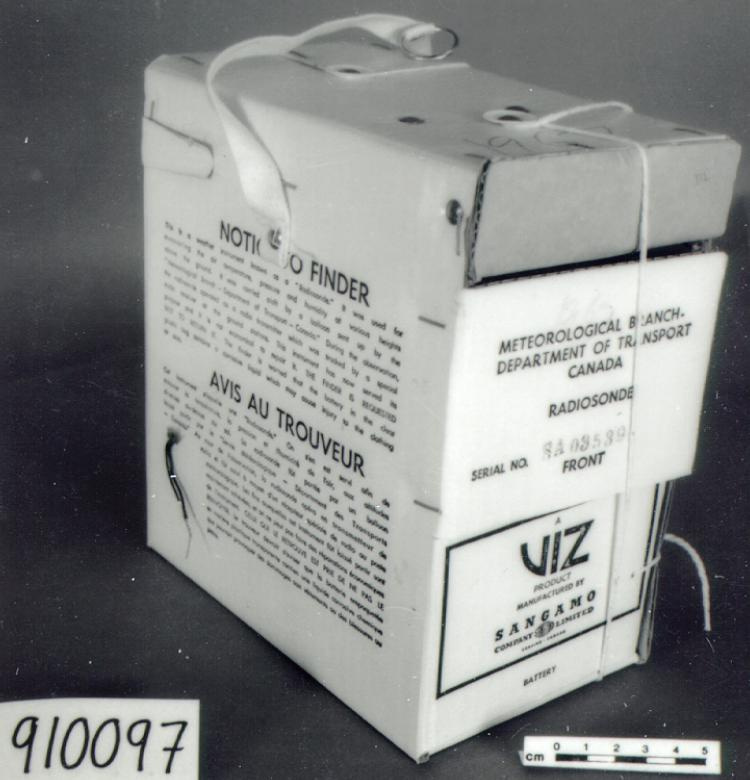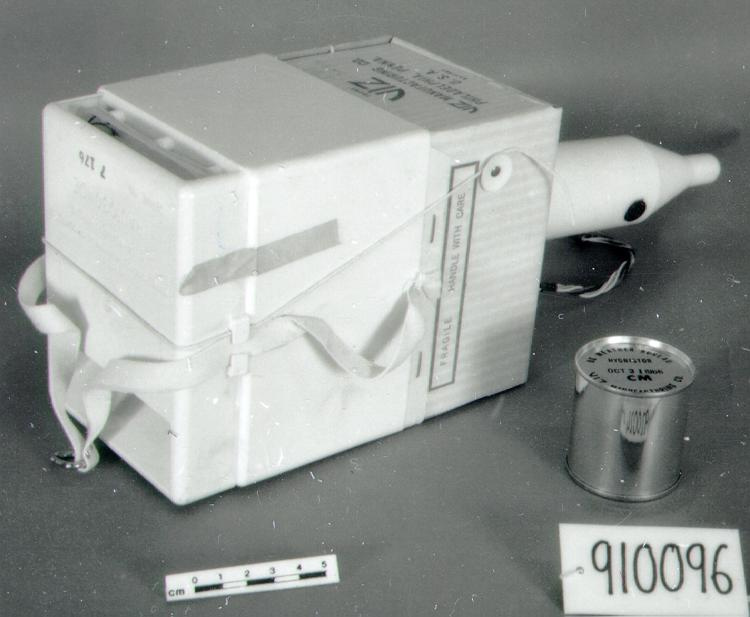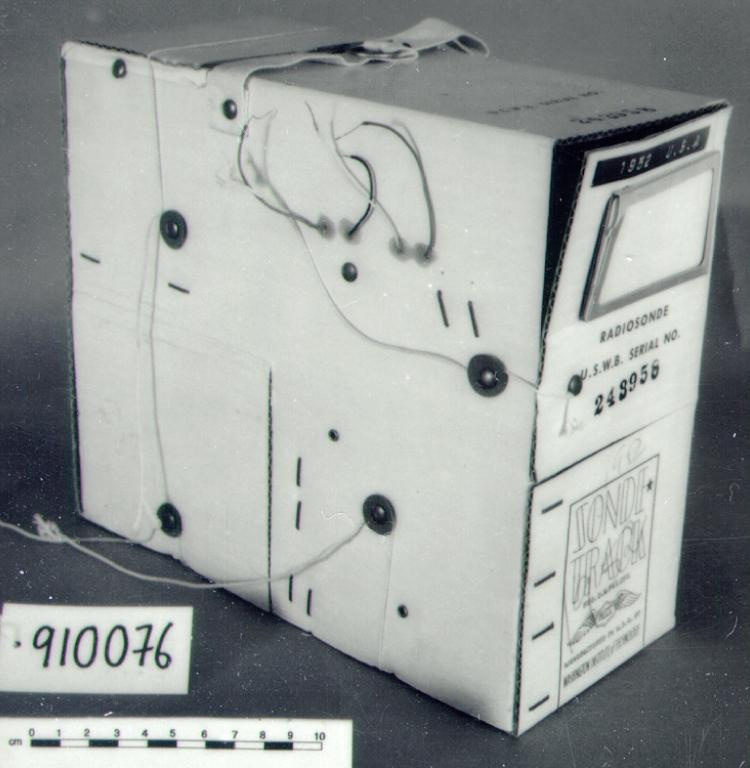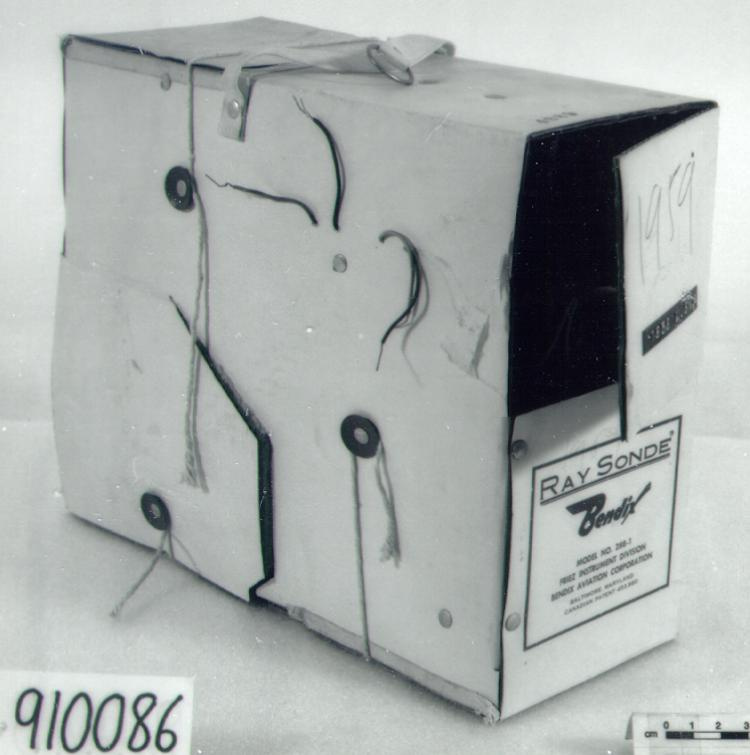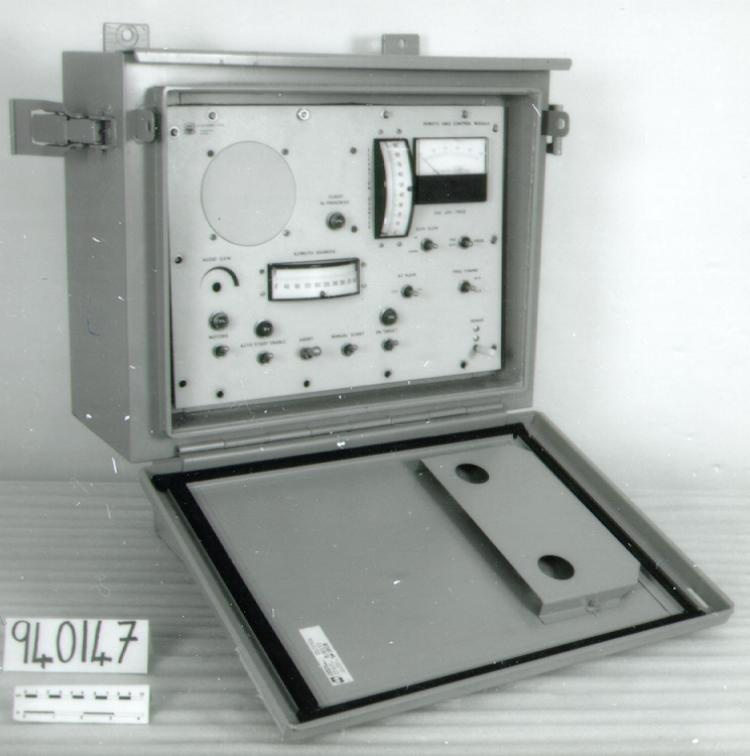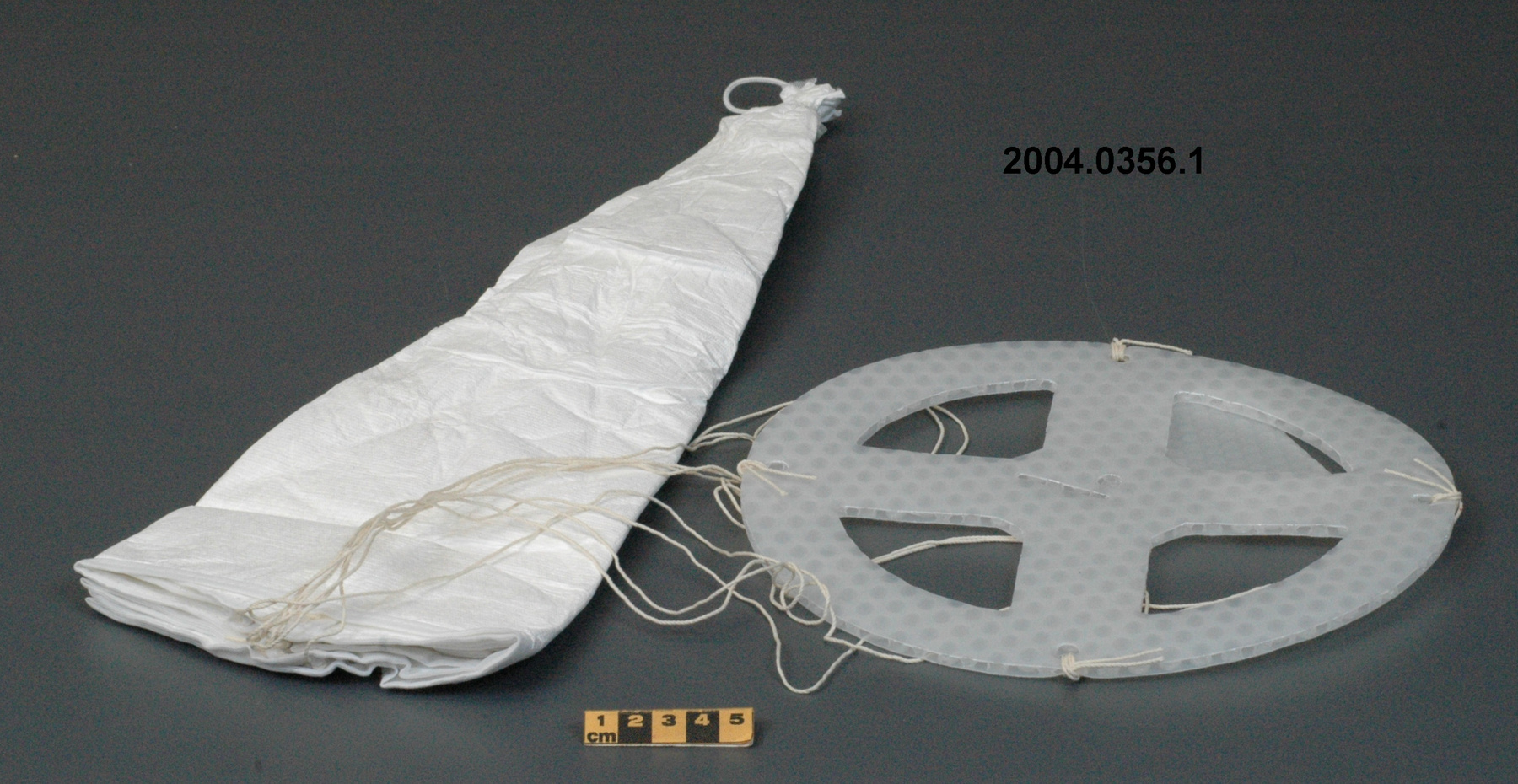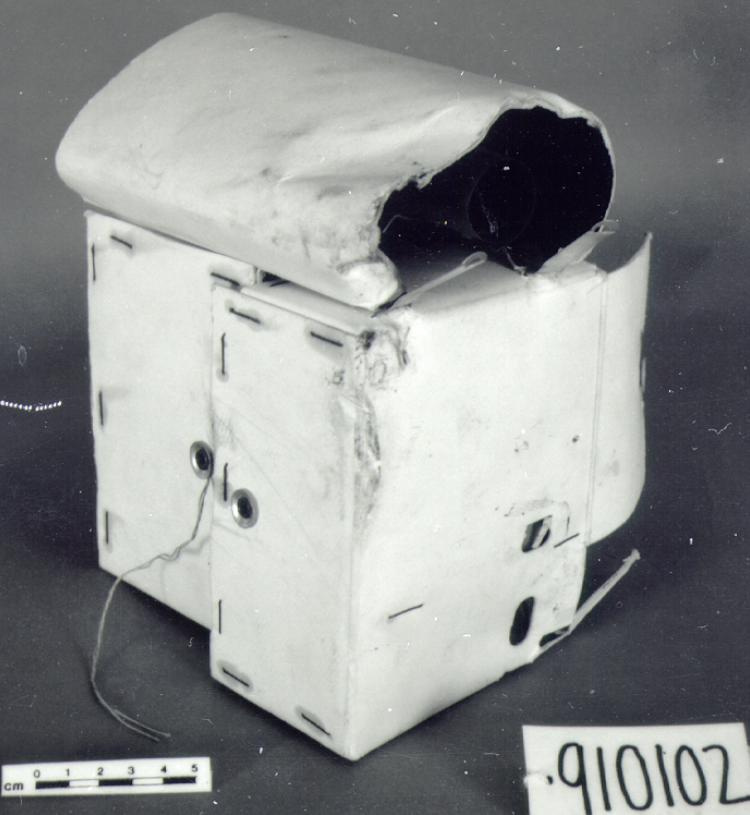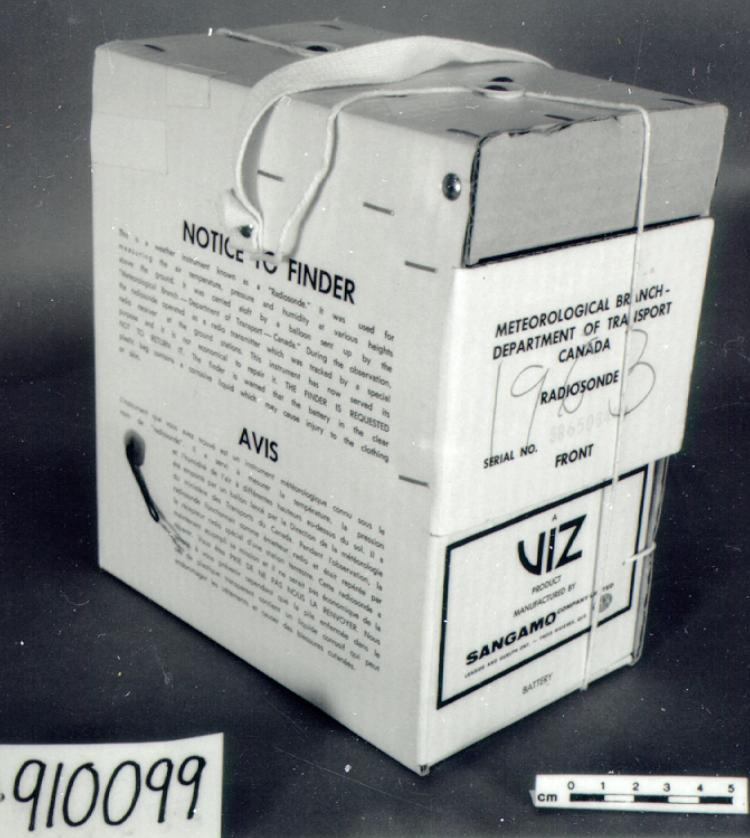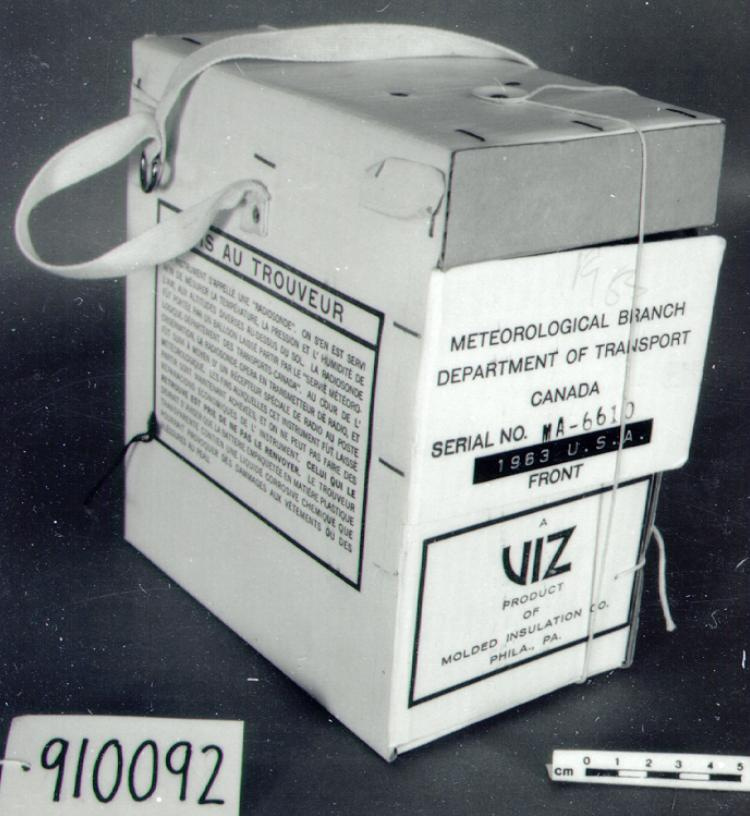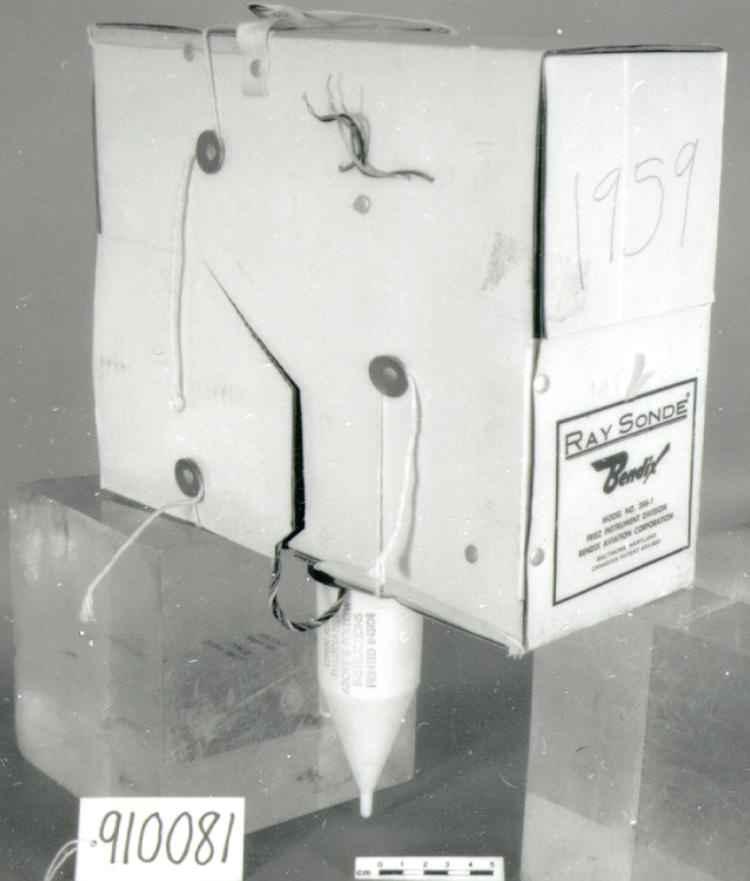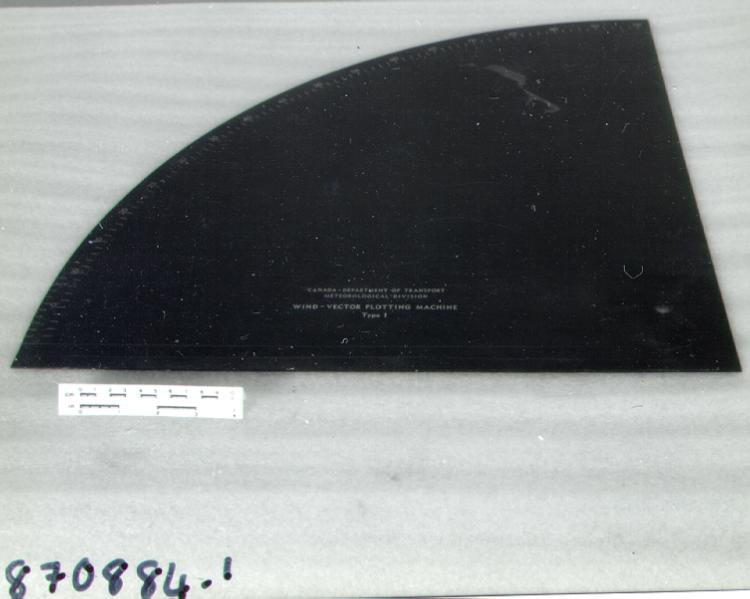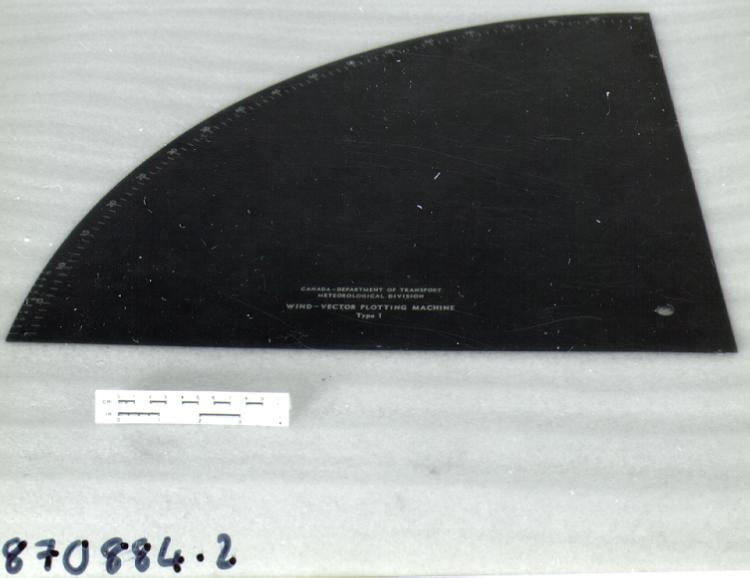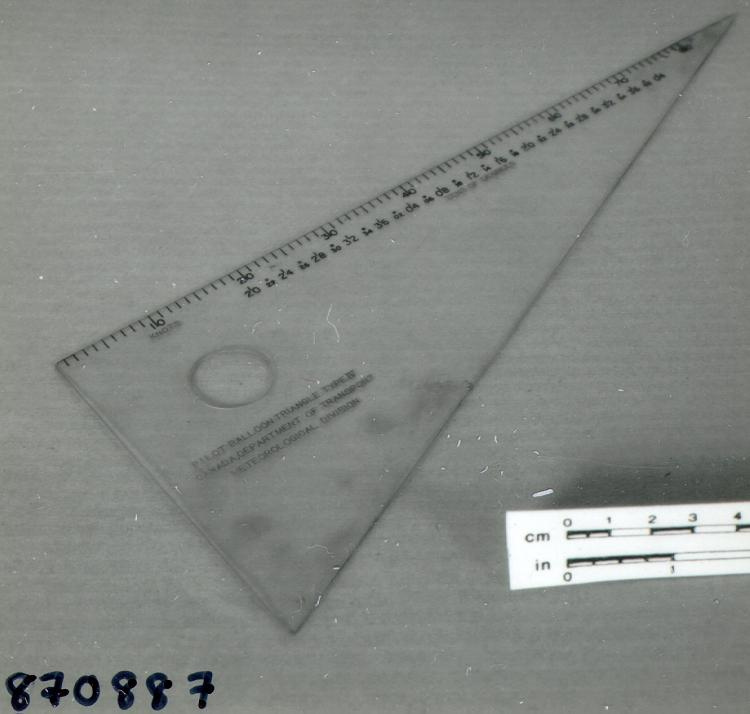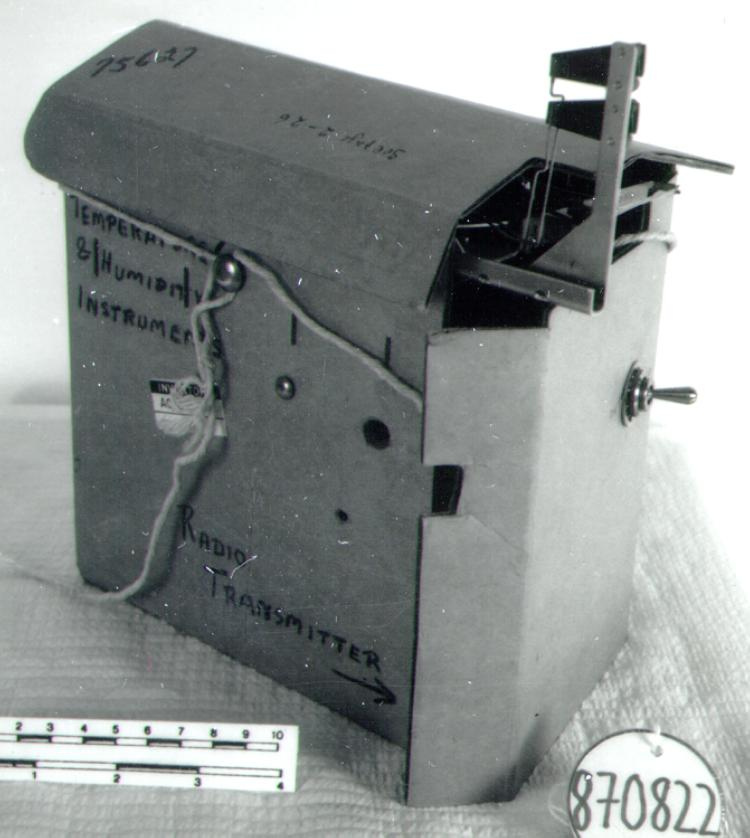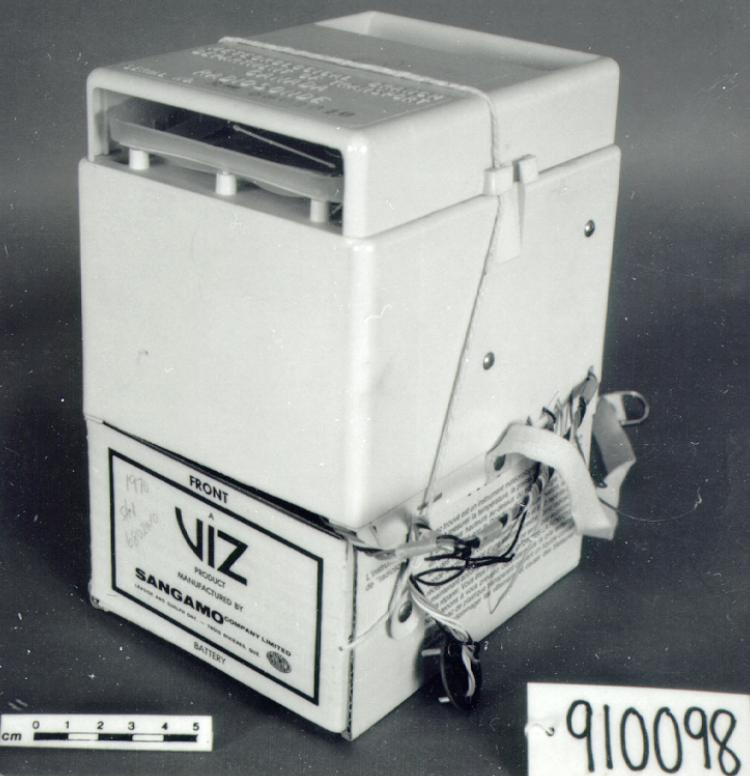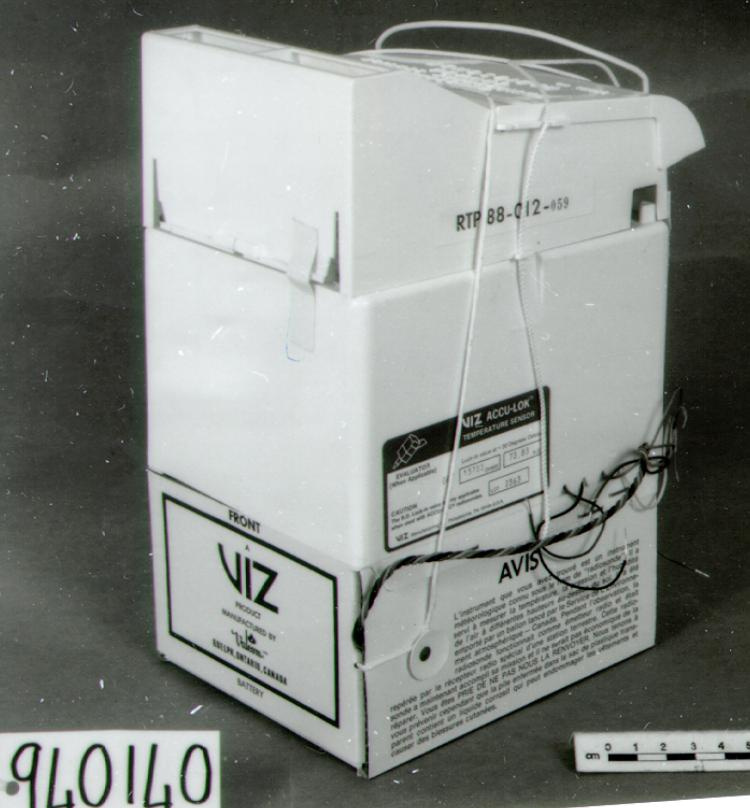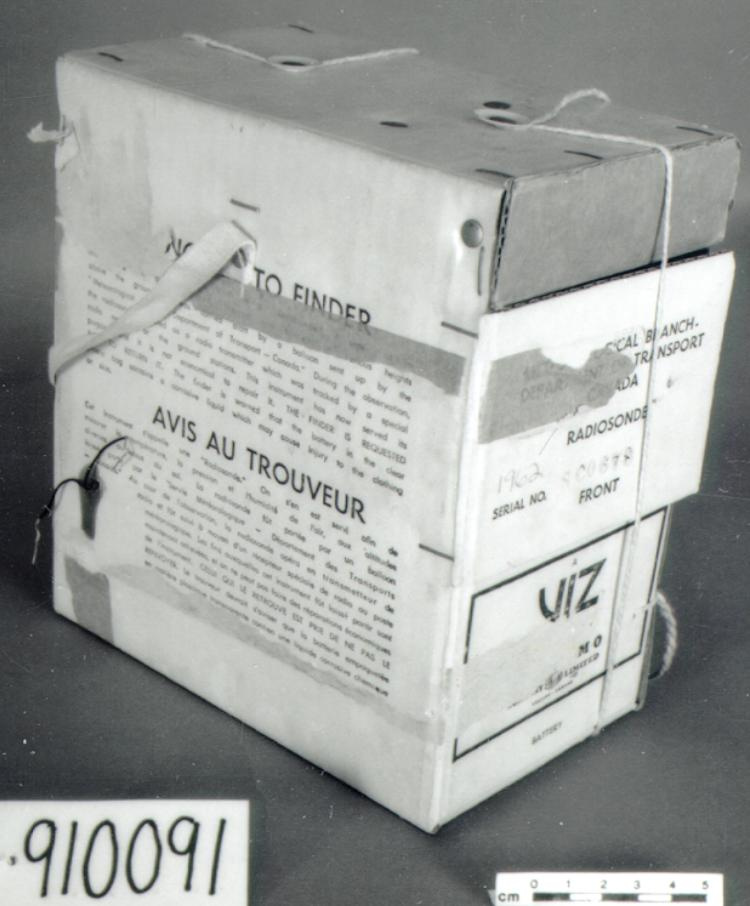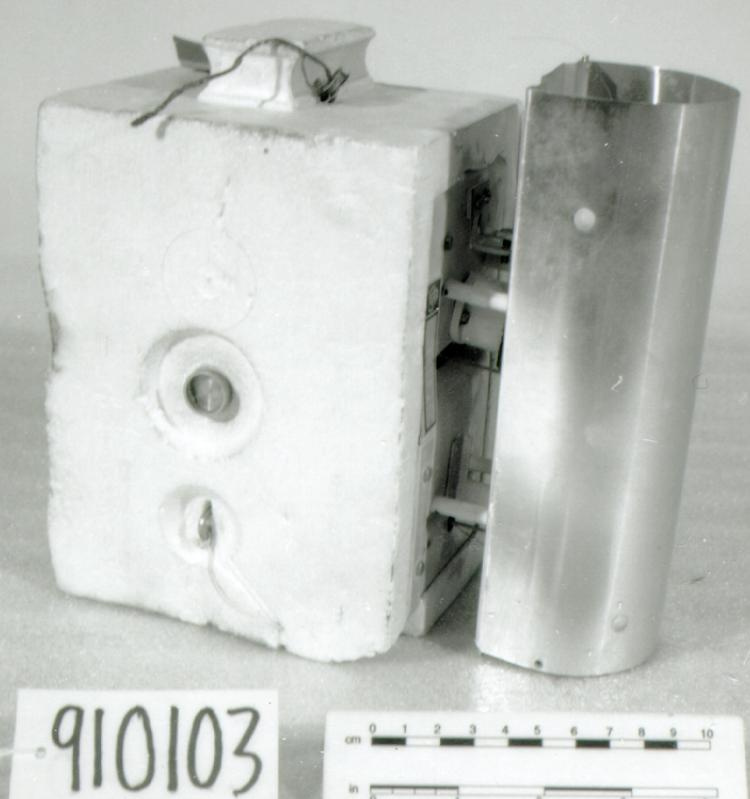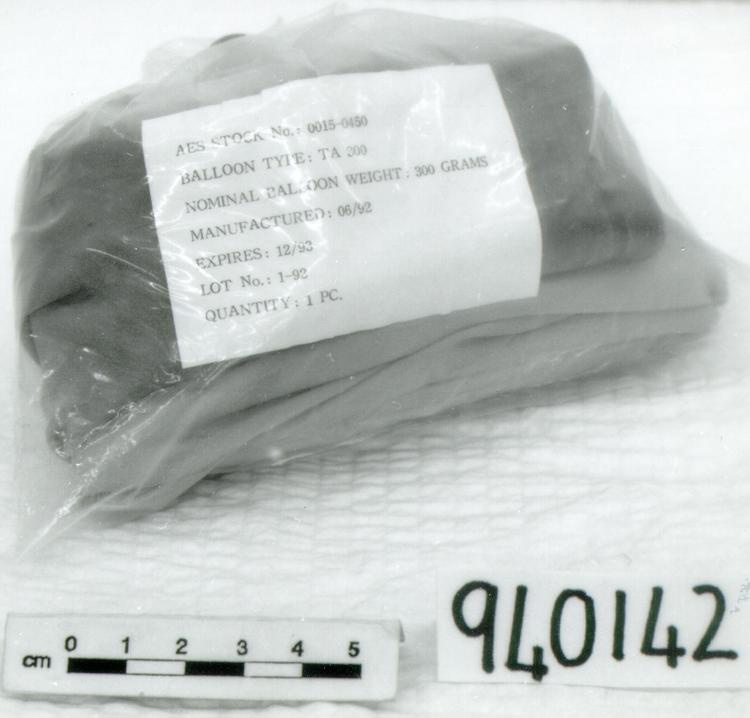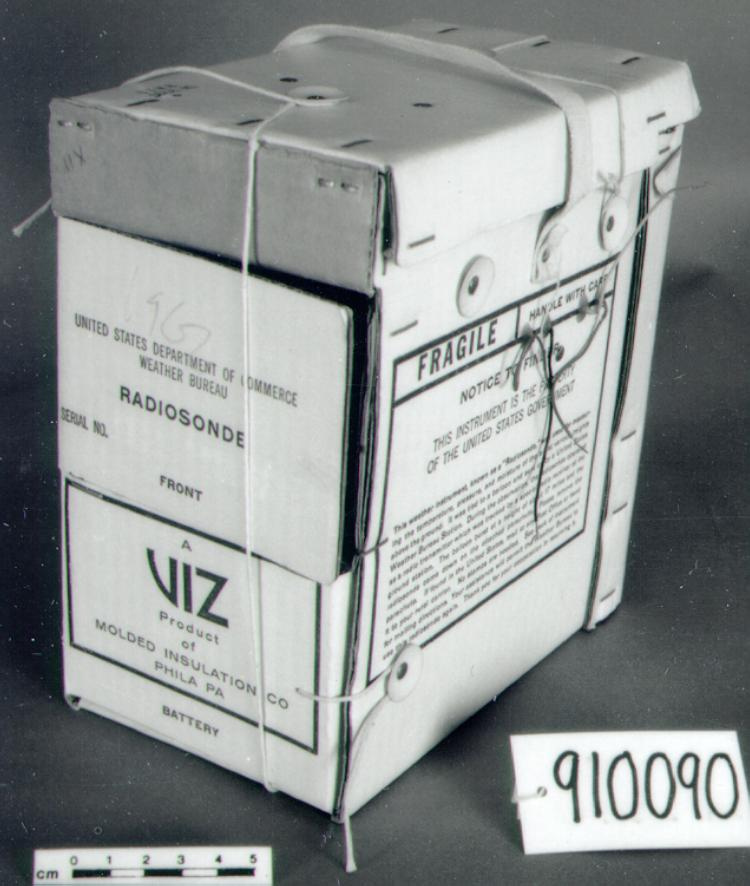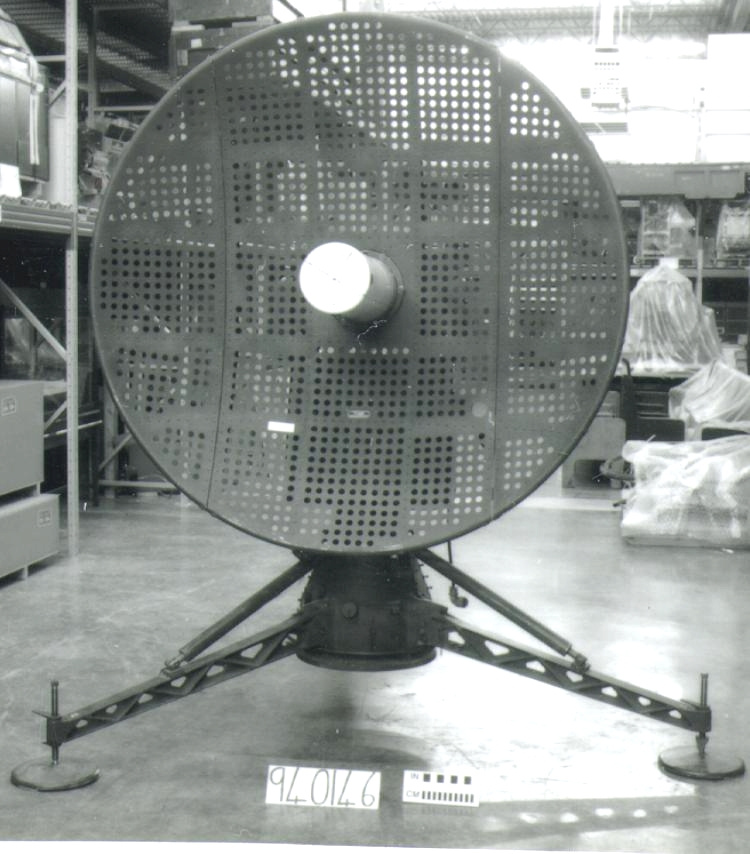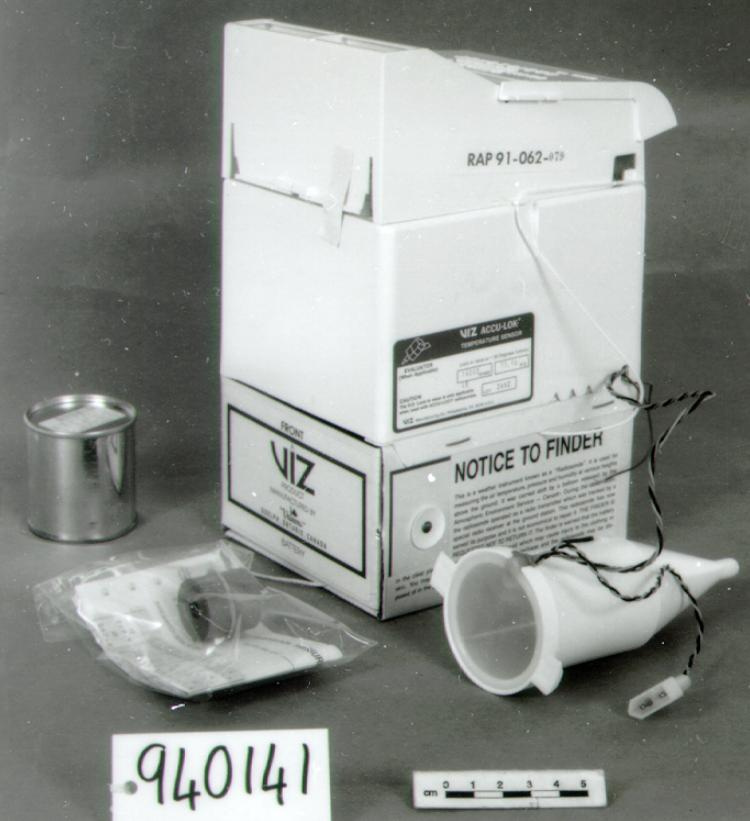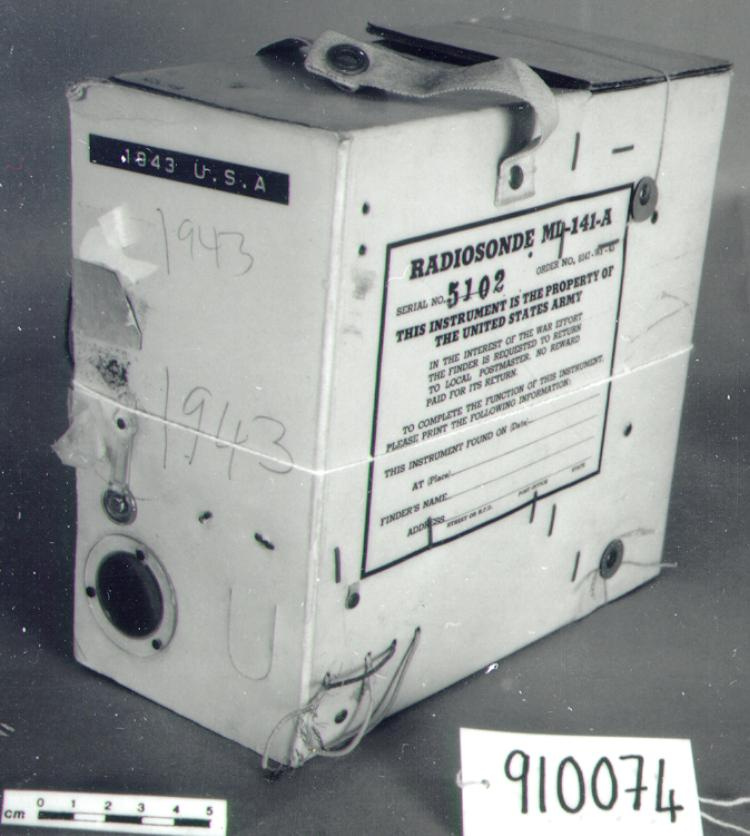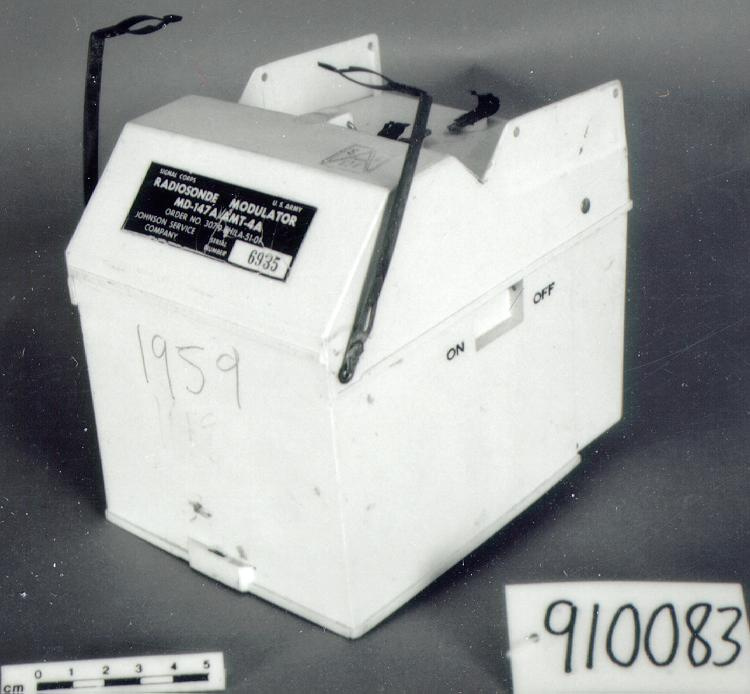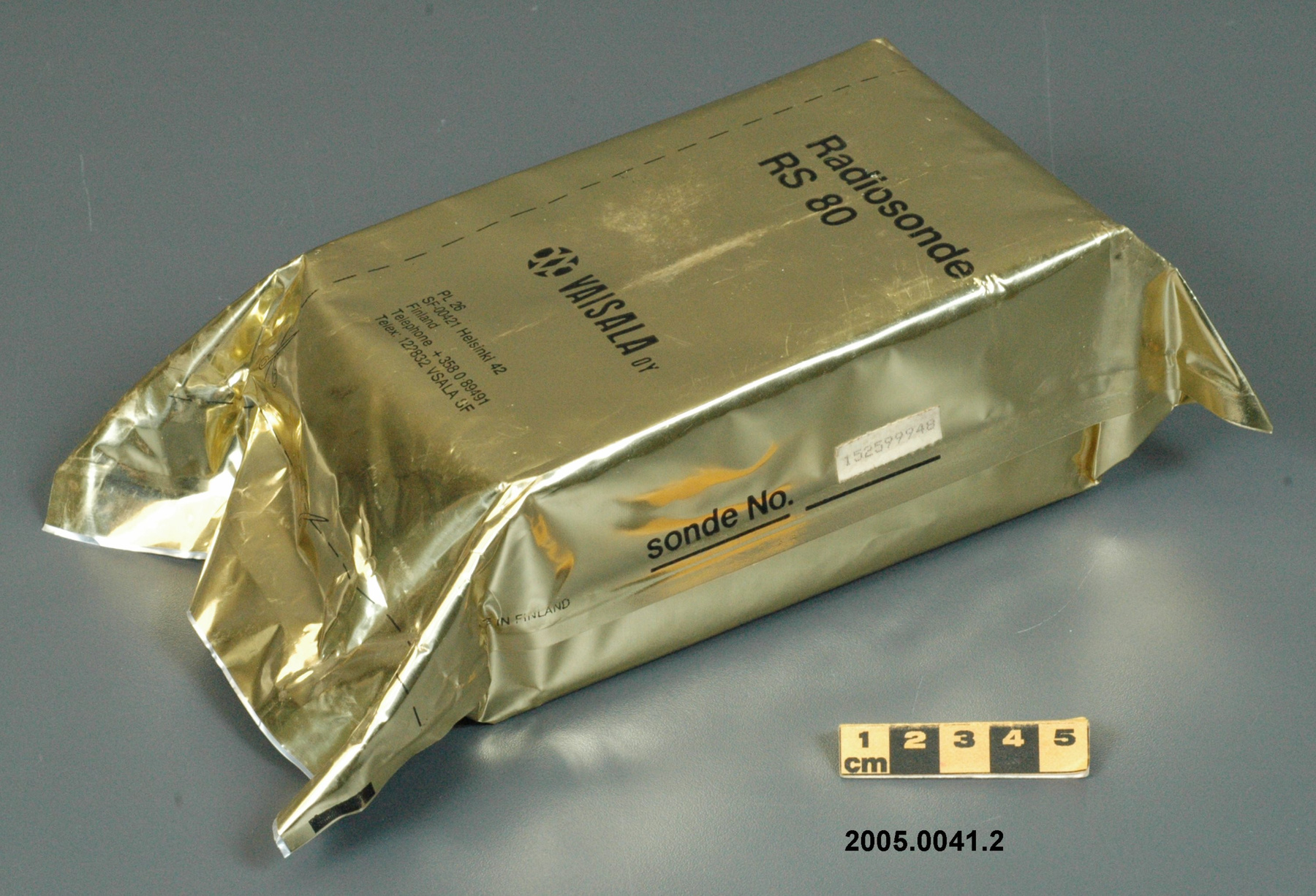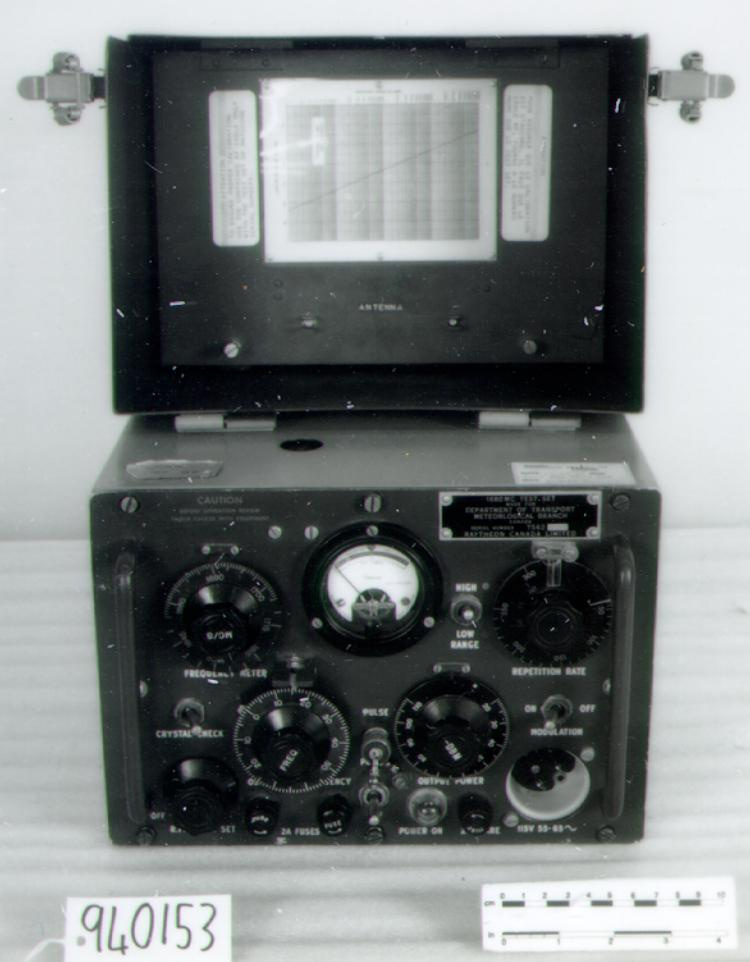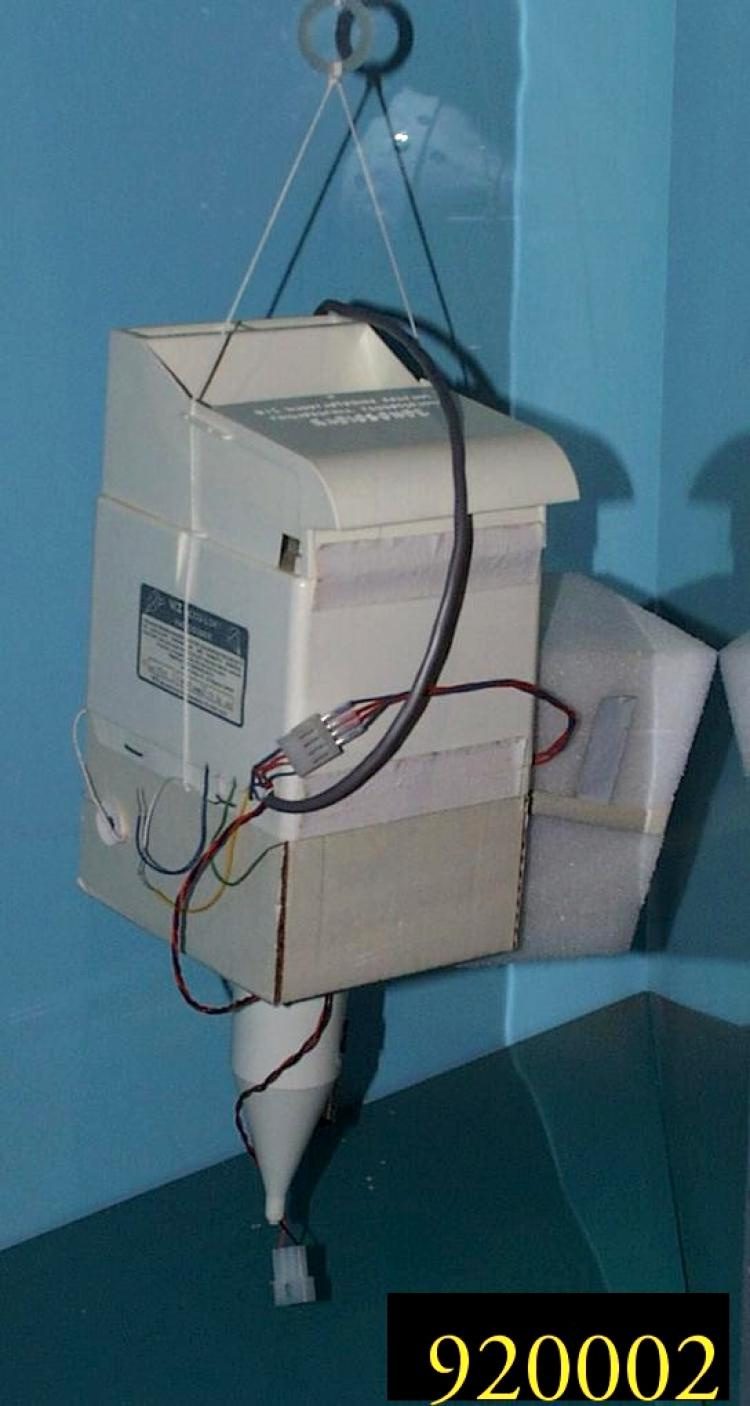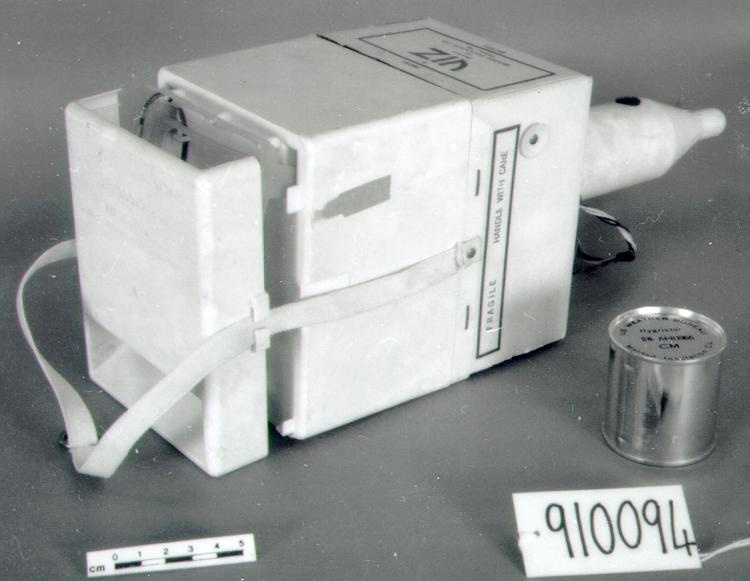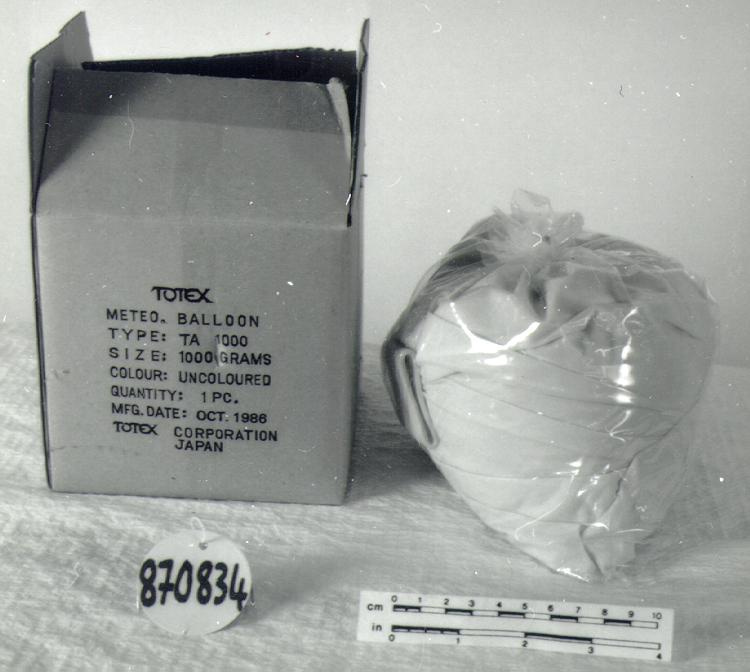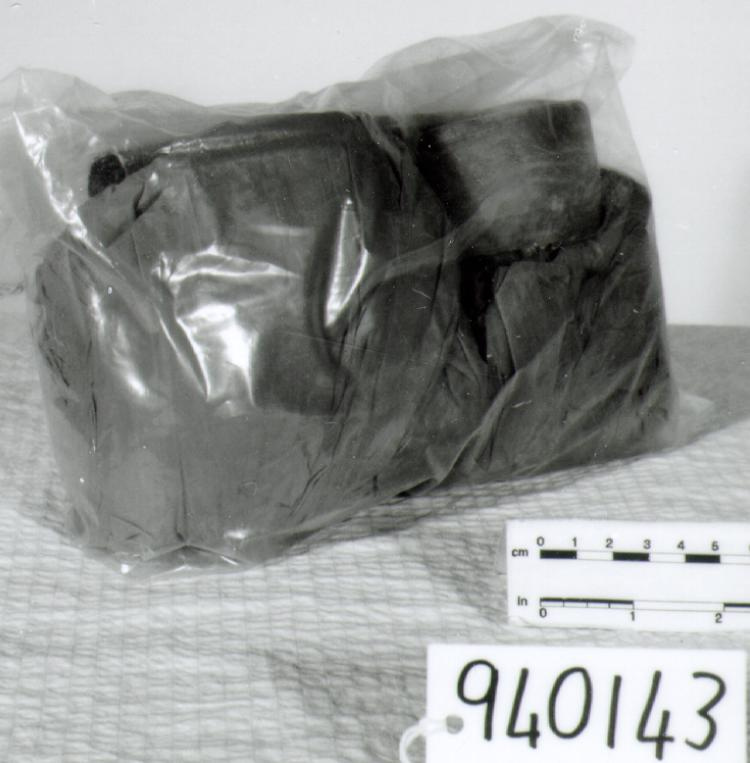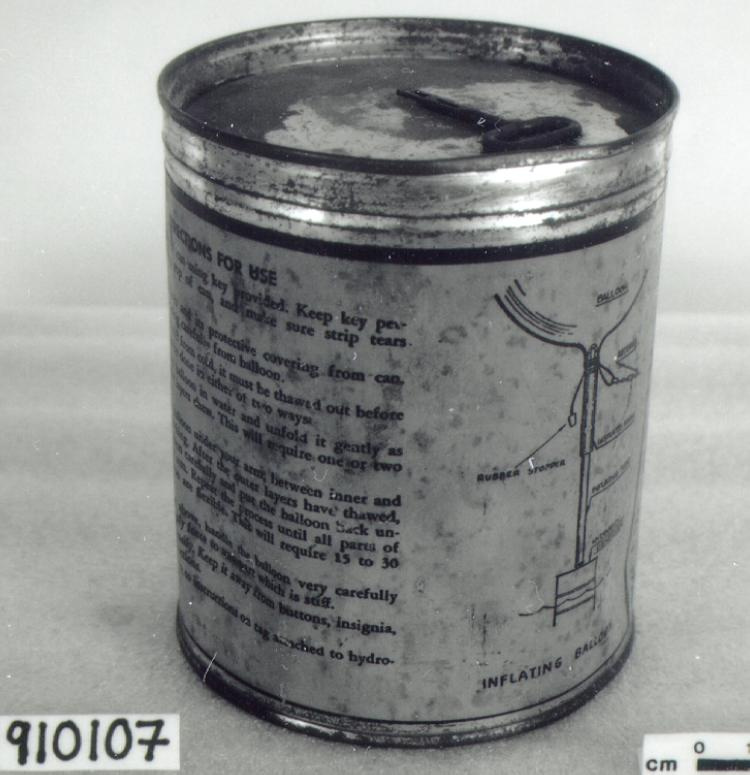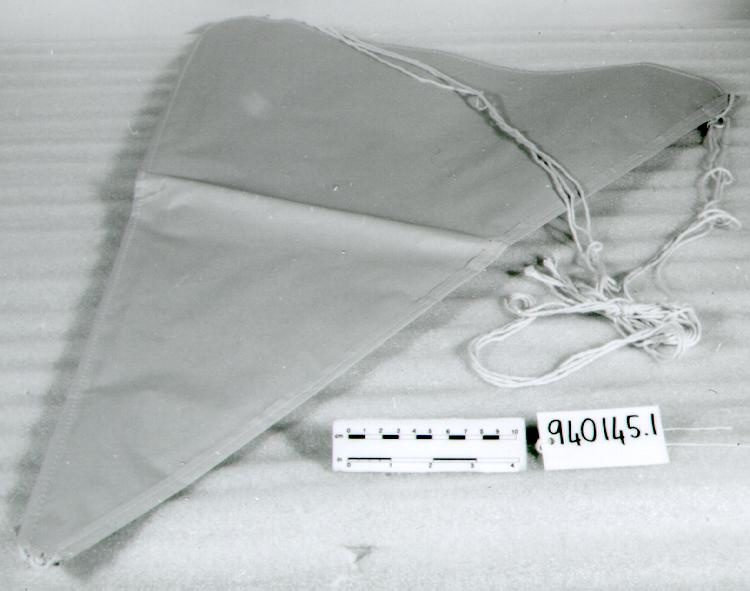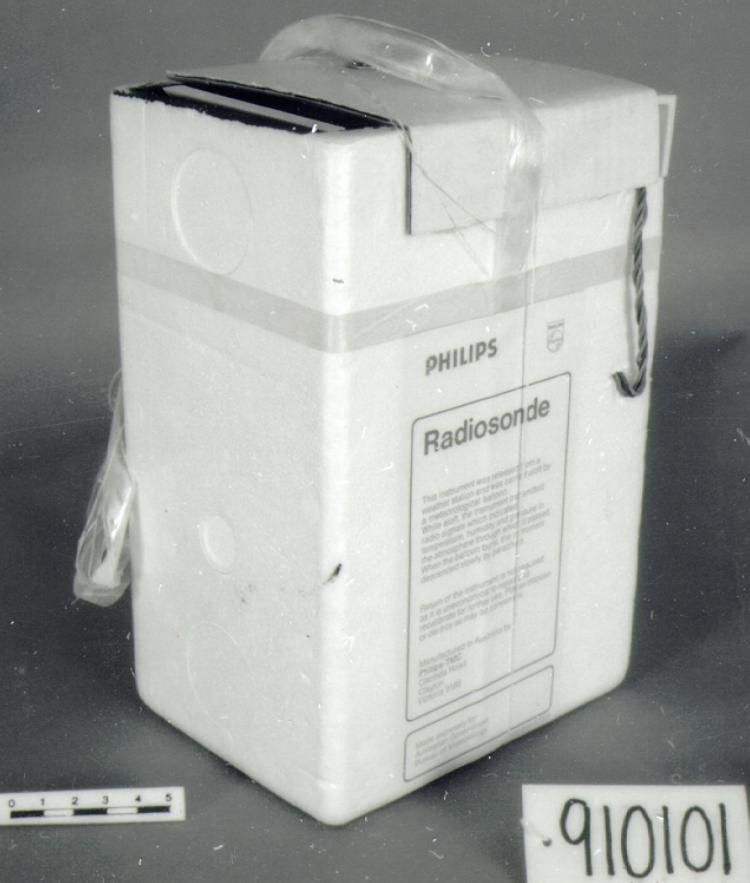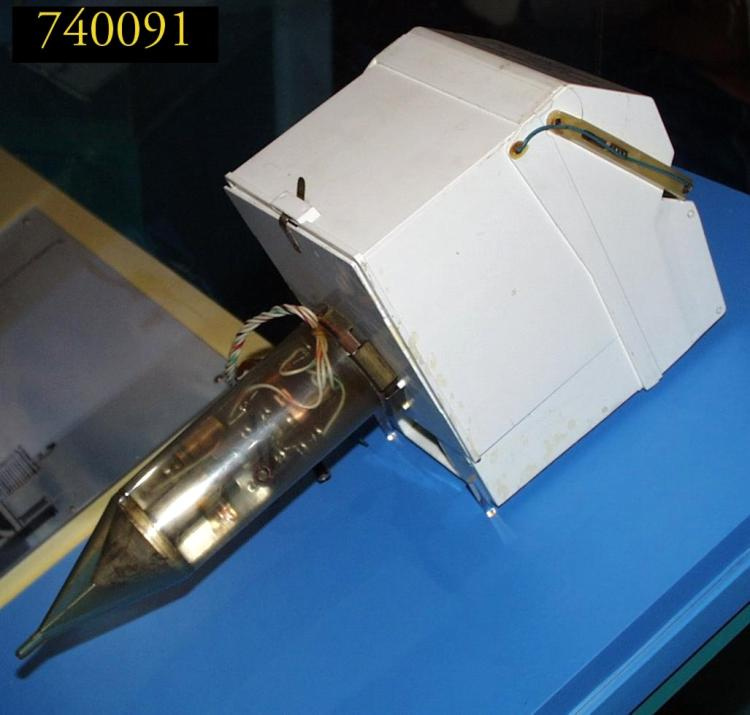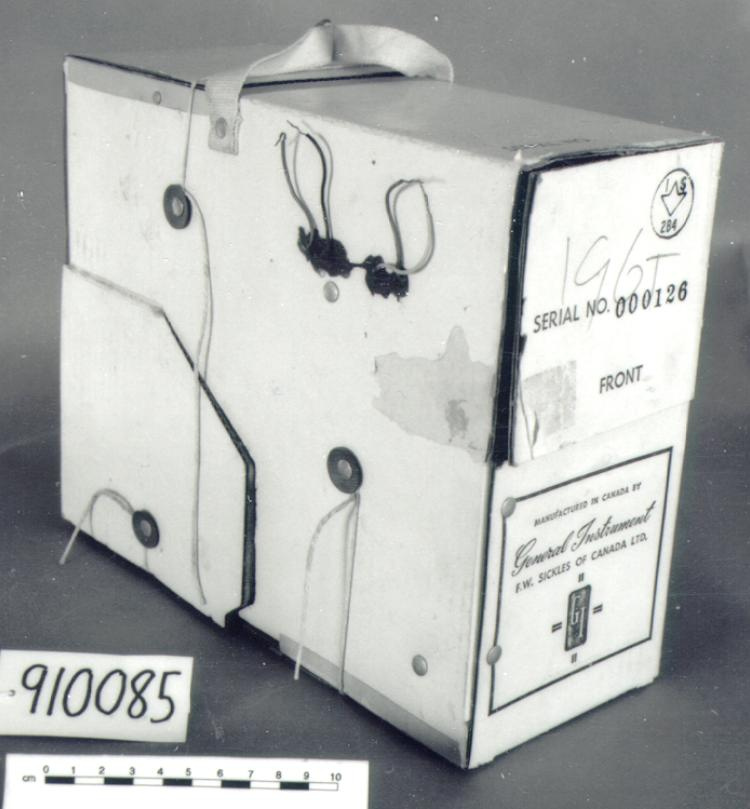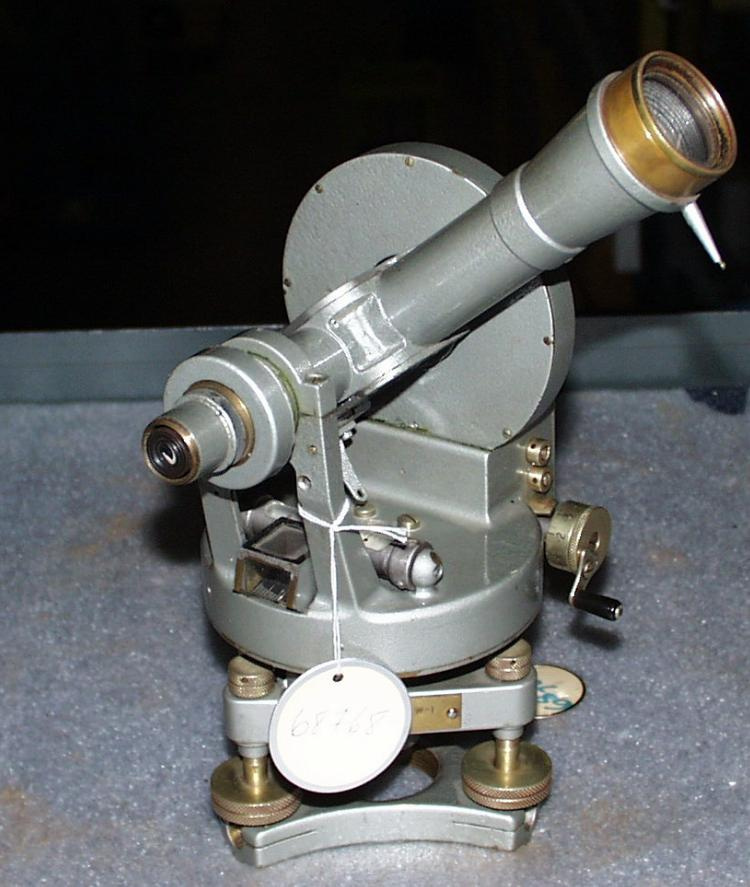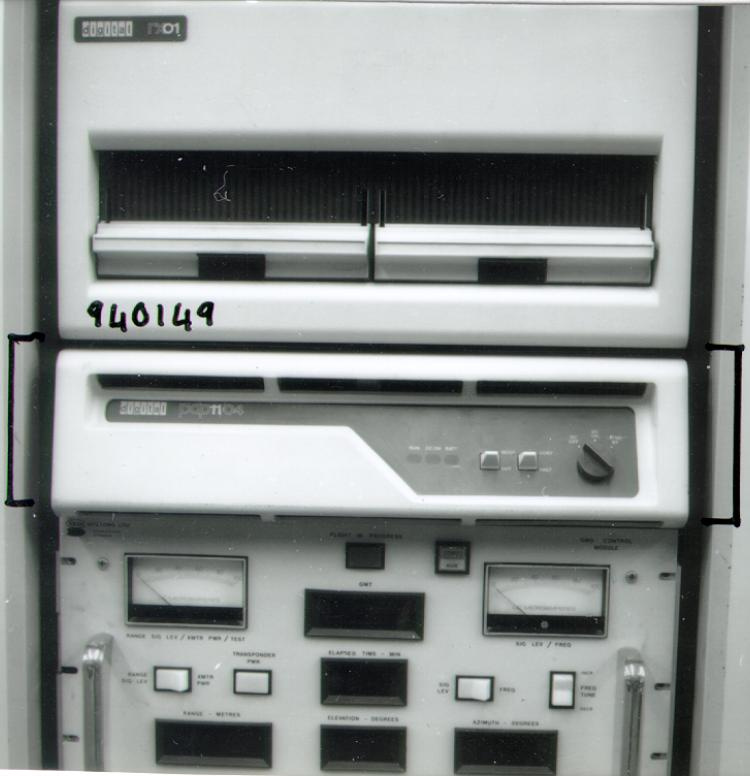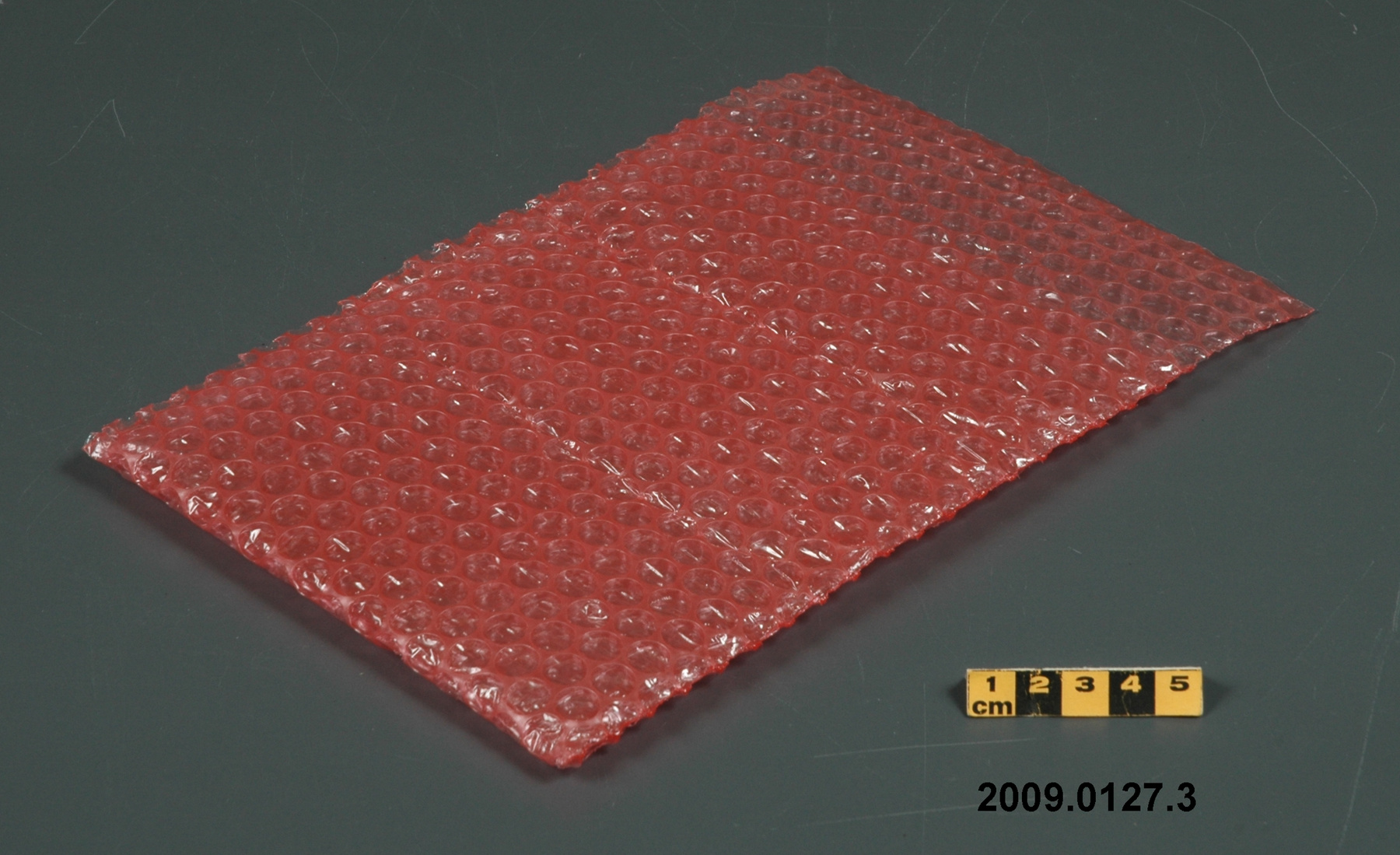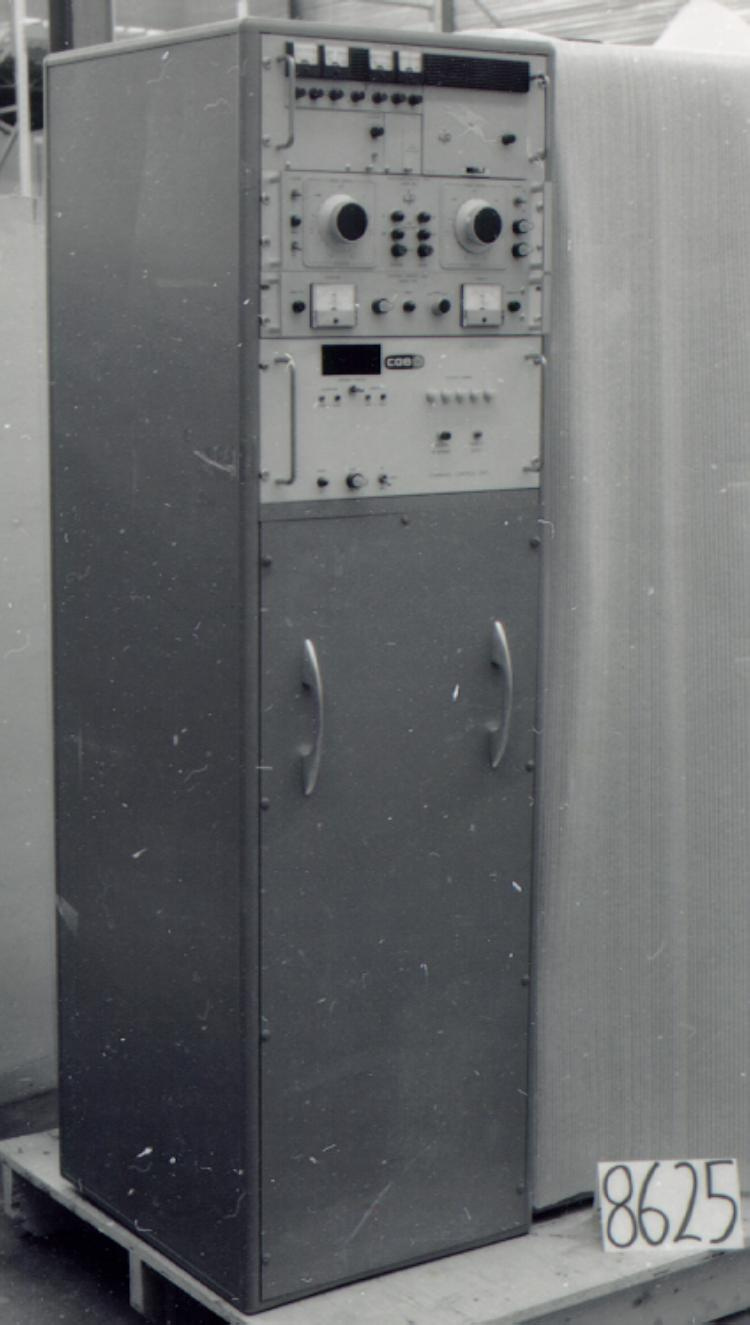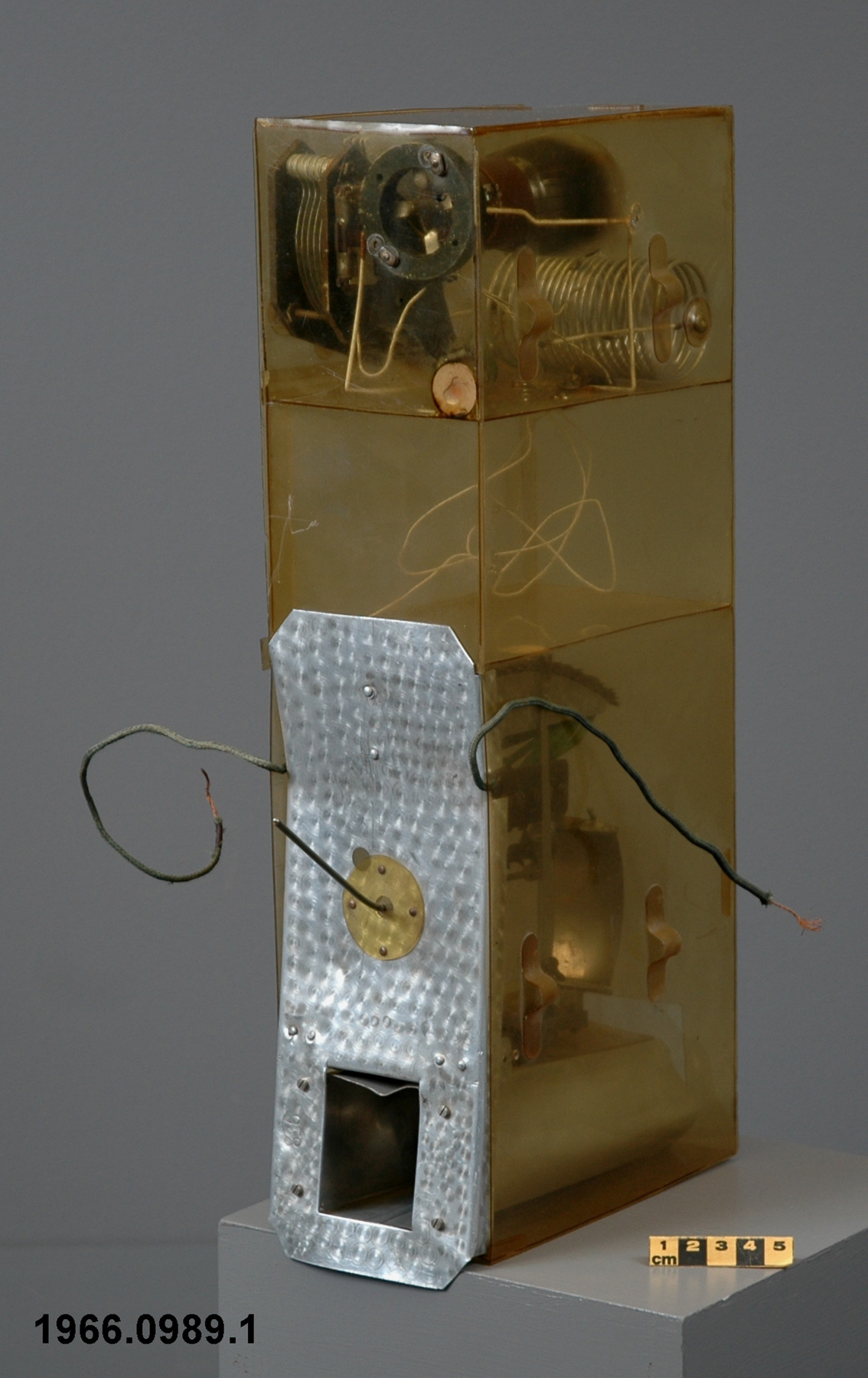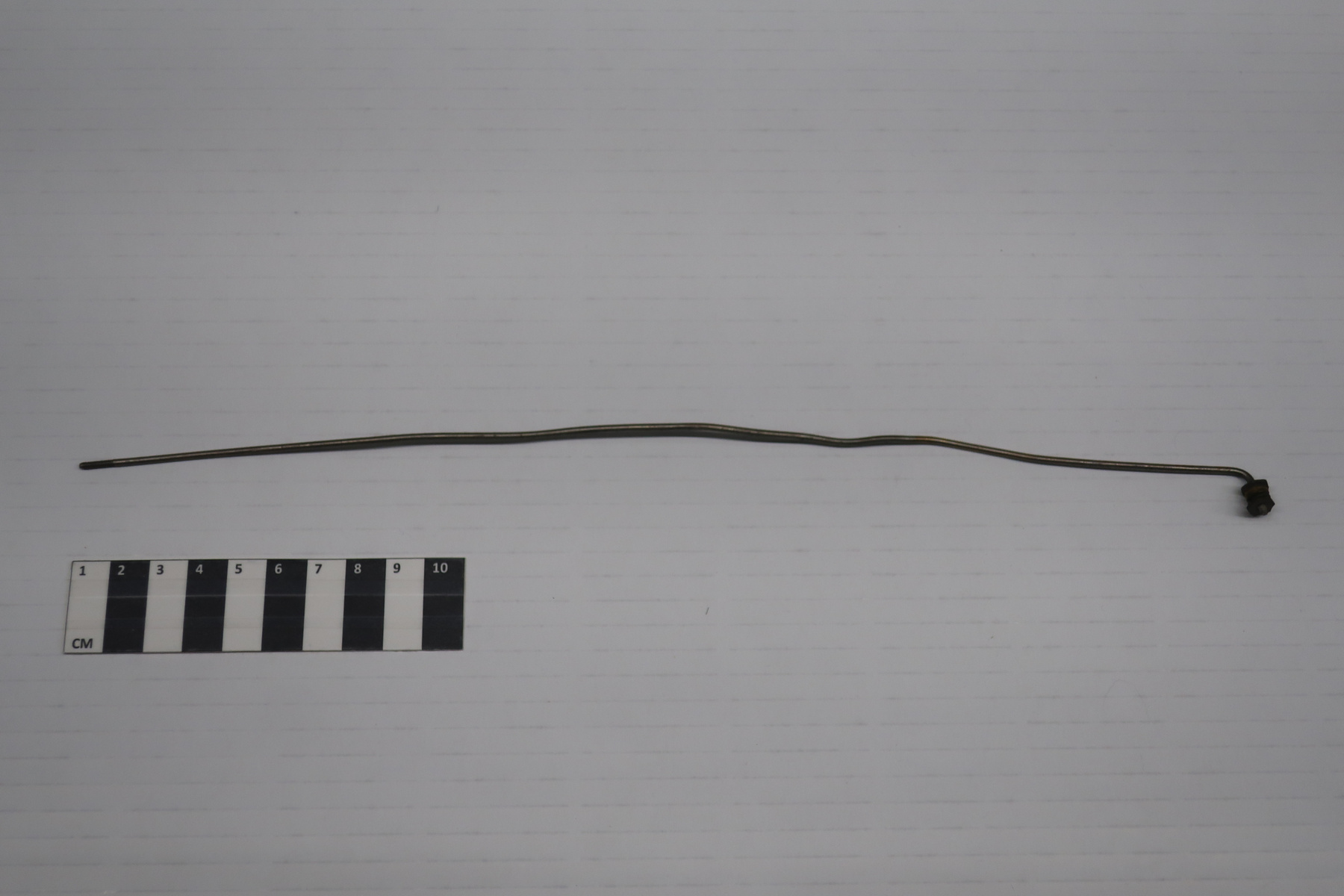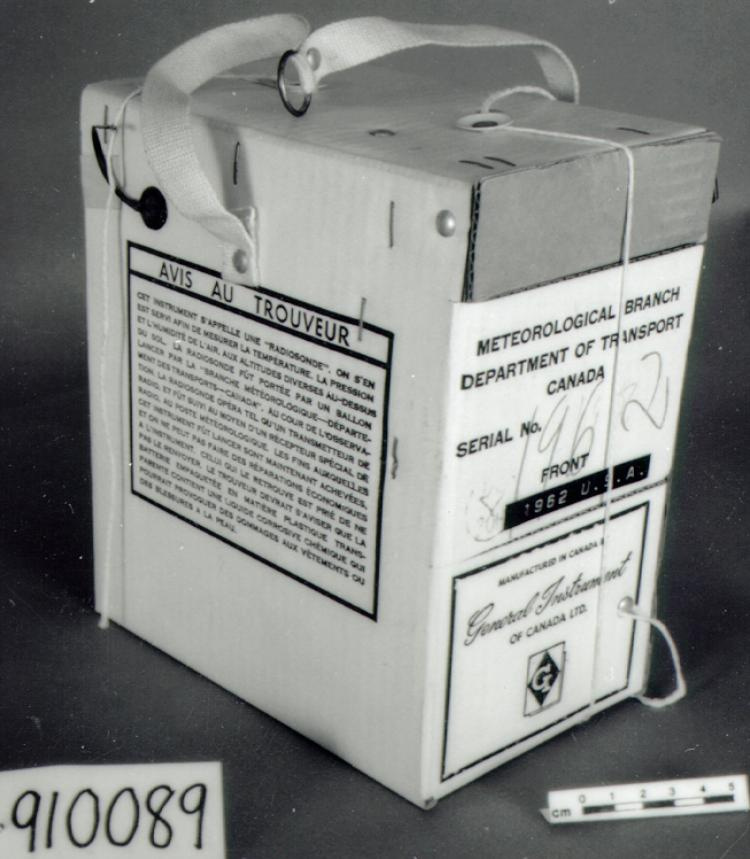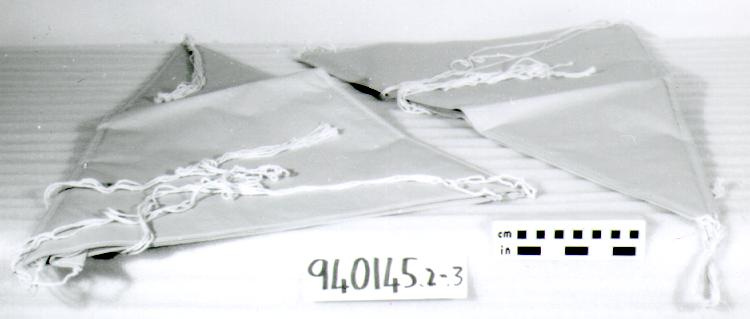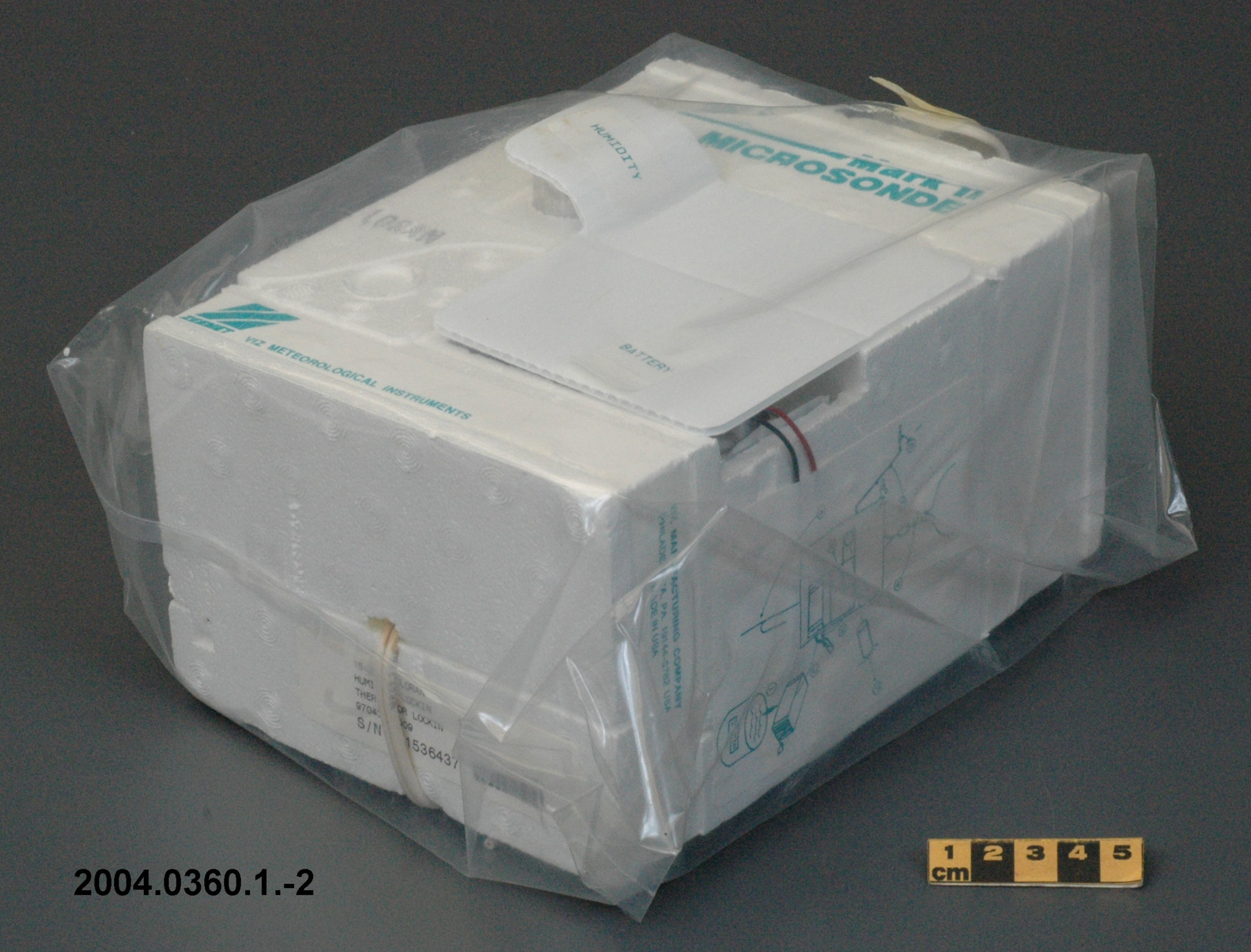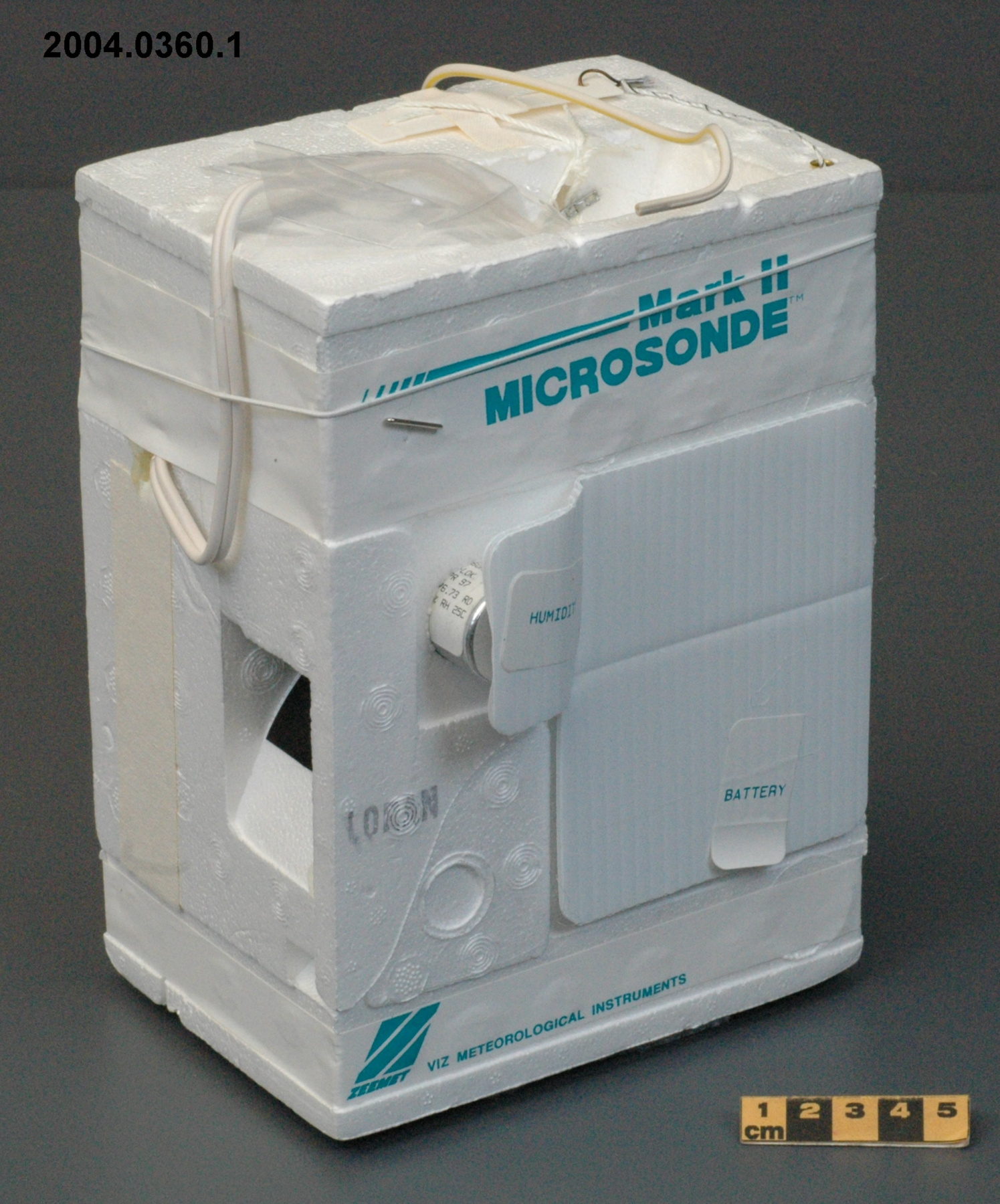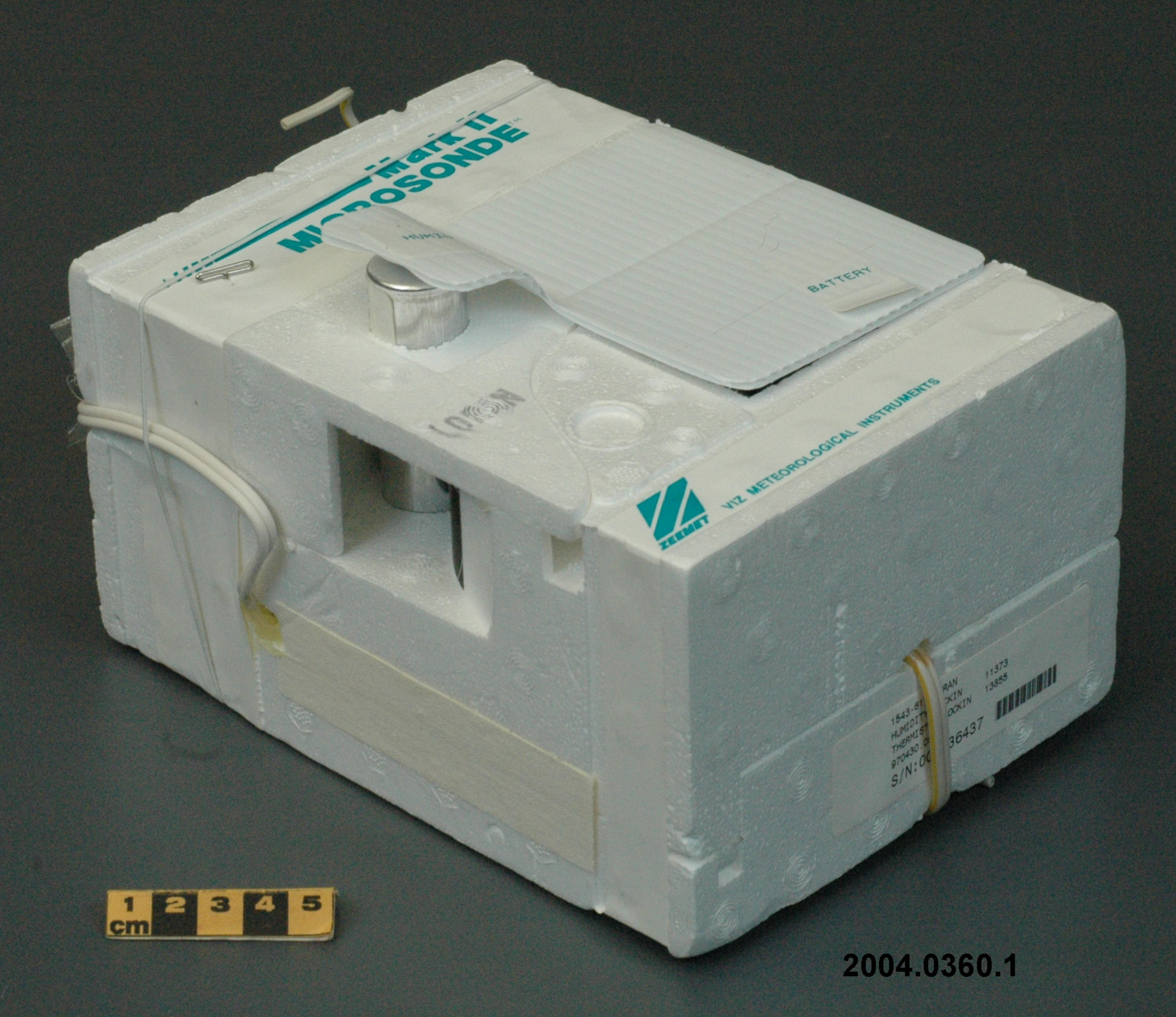Radiosonde
Use this image
Can I reuse this image without permission? Yes
Object images on the Ingenium Collection’s portal have the following Creative Commons license:
Copyright Ingenium / CC BY-NC-ND (Attribution-NonCommercial 4.0 International (CC BY-NC 4.0)
ATTRIBUTE THIS IMAGE
Ingenium,
2004.0360.001
Permalink:
Ingenium is releasing this image under the Creative Commons licensing framework, and encourages downloading and reuse for non-commercial purposes. Please acknowledge Ingenium and cite the artifact number.
DOWNLOAD IMAGEPURCHASE THIS IMAGE
This image is free for non-commercial use.
For commercial use, please consult our Reproduction Fees and contact us to purchase the image.
- OBJECT TYPE
- audio-modulated/Navaid/Loran
- DATE
- 1985–2005
- ARTIFACT NUMBER
- 2004.0360.001
- MANUFACTURER
- VIZ MFG. CO.
- MODEL
- MK.II Microsonde/ 1543-611 LORAN
- LOCATION
- Philadelphia, Pennsylvania, United States of America
More Information
General Information
- Serial #
- 1536437
- Part Number
- 1
- Total Parts
- 4
- AKA
- microsonde
- Patents
- N/A
- General Description
- styrofoam casing/ cardboard covering/synthetic and metal parts
Dimensions
Note: These reflect the general size for storage and are not necessarily representative of the object's true dimensions.
- Length
- 20.5 cm
- Width
- 15.5 cm
- Height
- N/A
- Thickness
- 13.0 cm
- Weight
- N/A
- Diameter
- N/A
- Volume
- N/A
Lexicon
- Group
- Meteorology
- Category
- Upper wind speed & direction measurement
- Sub-Category
- N/A
Manufacturer
- AKA
- VIZ
- Country
- United States of America
- State/Province
- Pennsylvania
- City
- Philadelphia
Context
- Country
- Canada
- State/Province
- Unknown
- Period
- mid 1980's +; this instrument was apparently in use for ten years (Ref. 7)
- Canada
-
An example of a radiosonde of a type used by the Meteorological Service of Canada at its 31 upper air observing stations mostly across southern Canada. In the 1980's the (American) National Bureau of Standards types of radiosondes (such as 1987.0824, 1987.0826, 1991.0095, 1991.0100), which had been the main operational radiosonde in Canada for fifty years, began to disappear. Gradually starting in 1985 they were replaced by the Viz/Beukers Mark I/II (2004.0360, 2005.0043) and the Vaisala RS80 NAVAID radiosondes (2004.0358-0359, 2005.00410042) (Ref. 2). In on the Sippican web site (Ref. 5). Part of a large collection of meteorological instruments acquired from the Meteorological Service of Canada (previously Atmospheric Environment Service) by the CSTM since 1967. MSC is the government agency responsible for collecting and disseminating meteorological data and forecasts in Canada. It was founded in 1871 in Toronto where it is still headquartered. The MSC was originally on the University of Toronto downtown campus but moved to Downsview in 1971 on land owned by UofT. The headquarters houses laboratories, research facilities and calibration and instrument maintenance facilities (now largely contracted out). - Function
-
A device lifted by balloon into the upper atmosphere to measure temperature, humidity, and air pressure and transmit the data to earth. Wind speed and direction were determined by means of the Loran radio navigation system. - Technical
-
A type of radiosonde which uses signals from a system of navigational radio transmitters to determine the position of an ascending balloon (and thus wind velocity and direction), known as the Navaid method. A receiver in the sonde detects navigational signals which are sent to the ground station for positional determination from which the winds are calculated. This Viz Loran radiosonde is equipped to measure wind speed and direction by means of the LORAN navigation system. In 2007 Viz was the Viz Meteorological Systems Group of Sippicon Inc. and the Viz Mark II microsonde was still being promoted on the Sippican web site (Ref. 5). Winds are computed in a number of ways and a different radiosonde is required for each method. Basically a receiver in the sonde detects navigational signals which are sent to the ground station for positional determination from which the winds are calculated. The most common radiosonde used in Canada is Loran-C (Long Range Navigation) which is primarily utilized at twenty one of the southern stations. The second method, VLF, which is used at the ten northern stations uses navigational data from military ComVLF and Russian Alpha stations to compute the ground position of the radiosonde. The third method uses the Global Positioning System (GPS). This latter method is only used when the former two are unavailable since the GPS radiosondes are about twice as expensive as the other sondes. The low frequency receivers on the Loran or VLF radiosondes are very simple and inexpensive in comparison to the complex 1.5 GHz receiver on the GPS sonde. All of these navigational systems (navaid) determine the ground position of the radiosondes from which the winds can be calculated. In Canada every upper air stations are equipped to use any of these three types of radiosondes. Other wind determination methods are: direct tracking using a radiotheodolite (previously used by Canada), or ranging using a surface based radar or a transponder located in the radiosonde. LORAN is a navigation system developed after WWII for ships. It is mainly available in the northern hemisphere along coastal areas but has been expanded inland for aircraft. Each base station transmit a 90-110 kHz radio wave in all directions. The stations are formed in chains with a single master station in each chain. The Loran-C receiver measures the time difference (TD) in the arrival of the radio wave from the master station and from a secondary station. The time differences for each secondary station are used to determine the location of the receiver (i.e. the radiosonde). The Vaisala MW15 ground station is capable of computing the data from two Loran-C chains simultaneously. This is called cross-chain reception and is used to ensure that the TDs are available from at least three stations which are required for a unique position. The MW15 has a Loran-C antenna which it shares with the VLF receiver. Before commencing a flight the Loran-C receiver along with the MW15 selects the best chains and secondary stations to be used for the reception of the navigational signals. During the flight the radiosonde with its VLF antenna receives the Loran-C signal during flight which modulates the 403 MHz downlink signal. The MW15 filters this signal to remove noise and obtain clean time differences for the wind computing. The timing accuracy of the TDs is 100 to 10 ns, or 30 to 3 metres in distance. The time differences are processed to determine the ground position of the radiosonde during flight. These periodic ground positions are used to compute the horizontal movement of the balloon and hence the radiosonde winds. The Loran-C radiosonde cost $128 each. (Ref 2). - Area Notes
-
Unknown
Details
- Markings
- green lettering on front reads 'Mark II/ MICROSONDE/ ZEEMET/ VIZ METEOROLOGICAL INSTRUMENTS', with black printed 'LORAN'/ white label on underside reads '1543-611 LORAN/ HUMIDITY LOCKIN 11373/ THERMISTOR LOCKIN 13855/ S/N: 001536474' with bar code
- Missing
- appears complete
- Finish
- white styrofoam and cardboard casing/ white wire coverings/ metallic parts
- Decoration
- N/A
CITE THIS OBJECT
If you choose to share our information about this collection object, please cite:
VIZ MFG. CO., Radiosonde, between 1985–2005, Artifact no. 2004.0360, Ingenium – Canada’s Museums of Science and Innovation, http://collection.ingeniumcanada.org/en/id/2004.0360.001/
FEEDBACK
Submit a question or comment about this artifact.
More Like This

